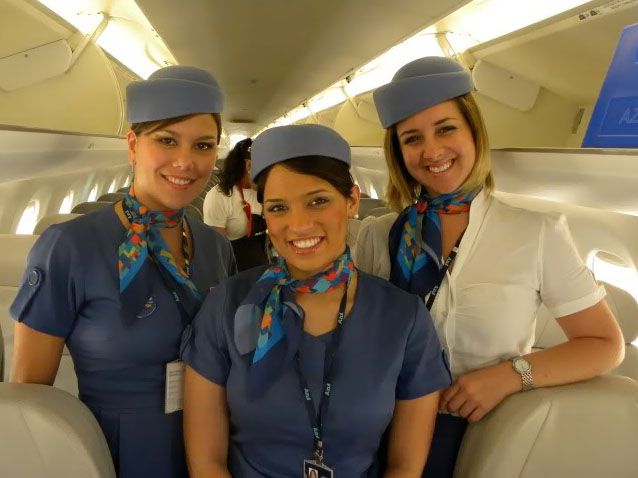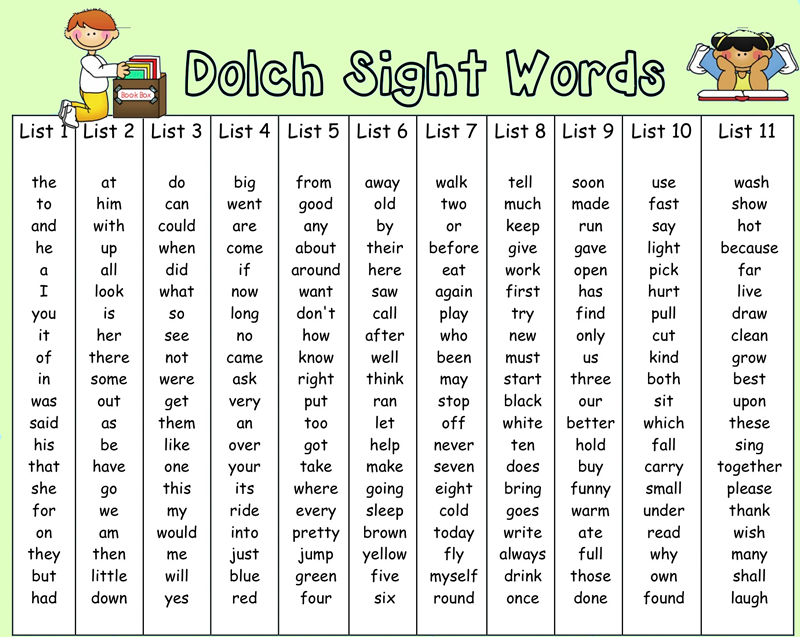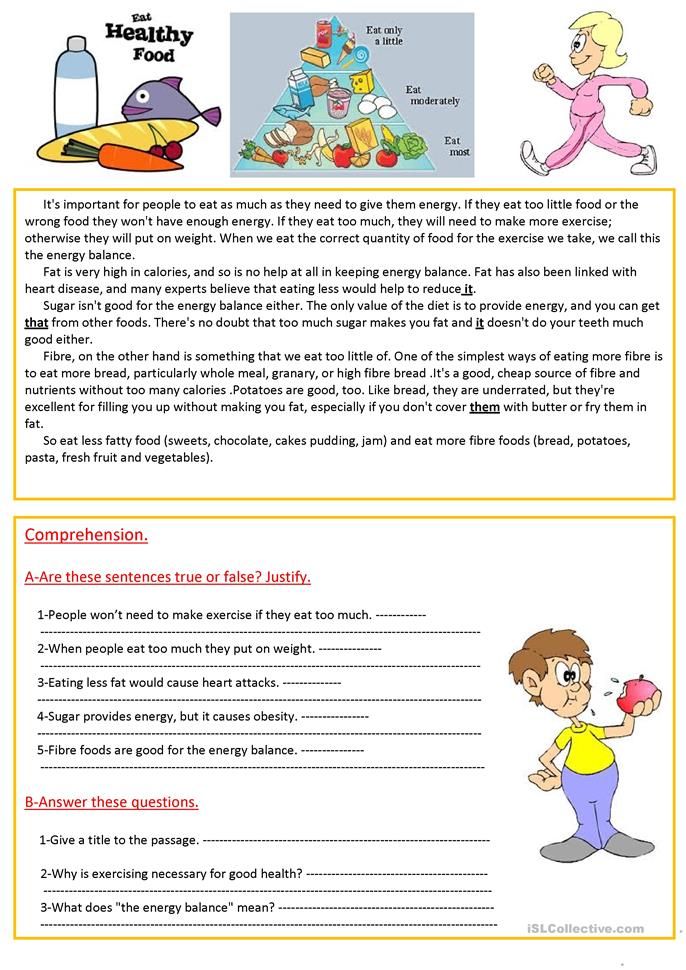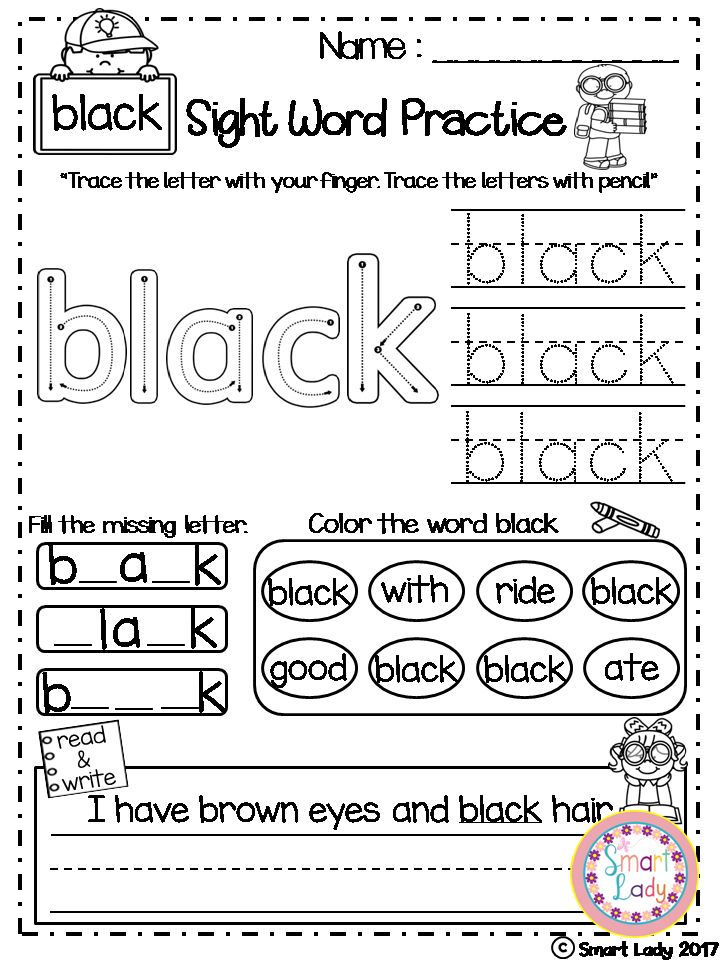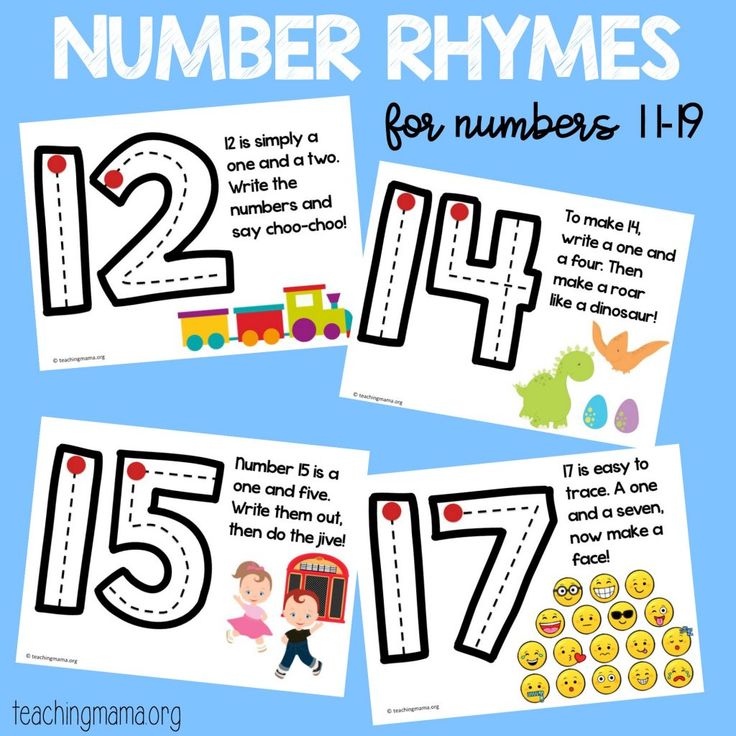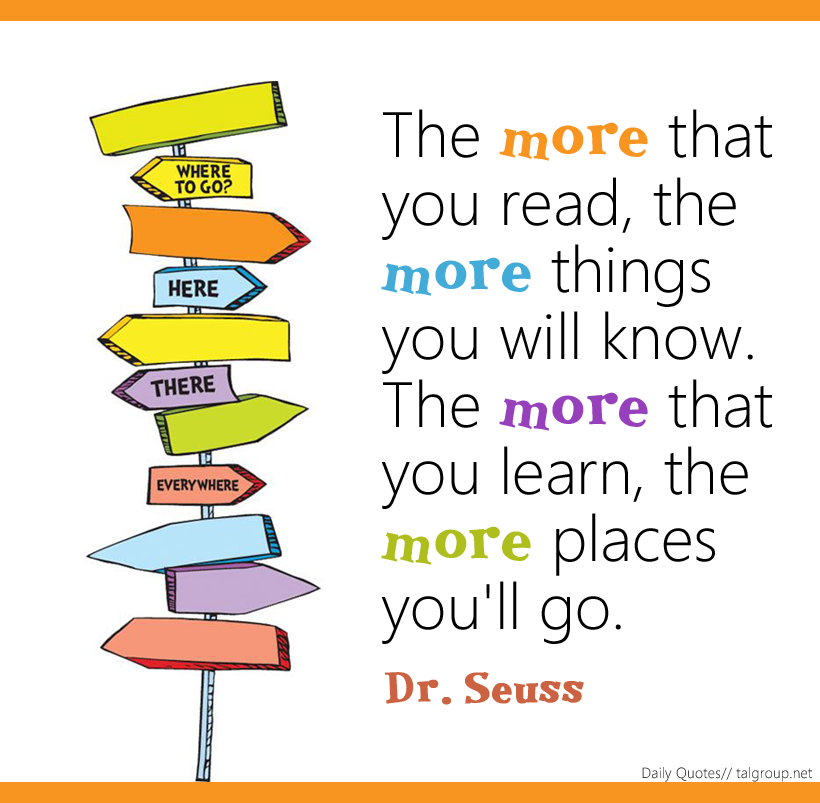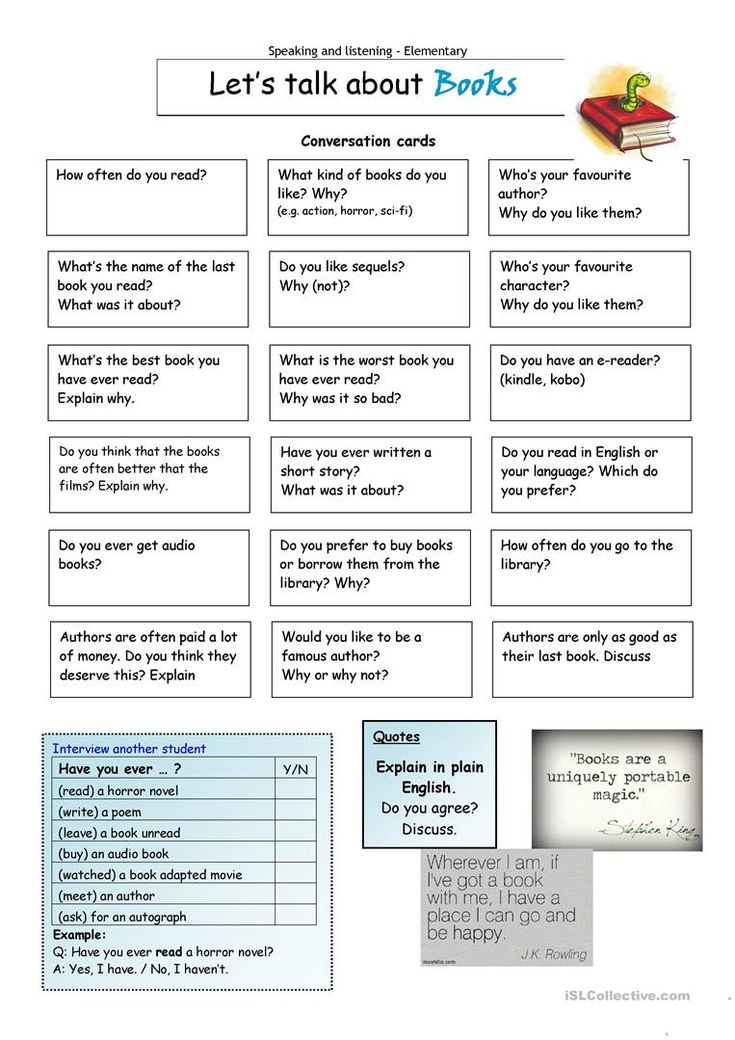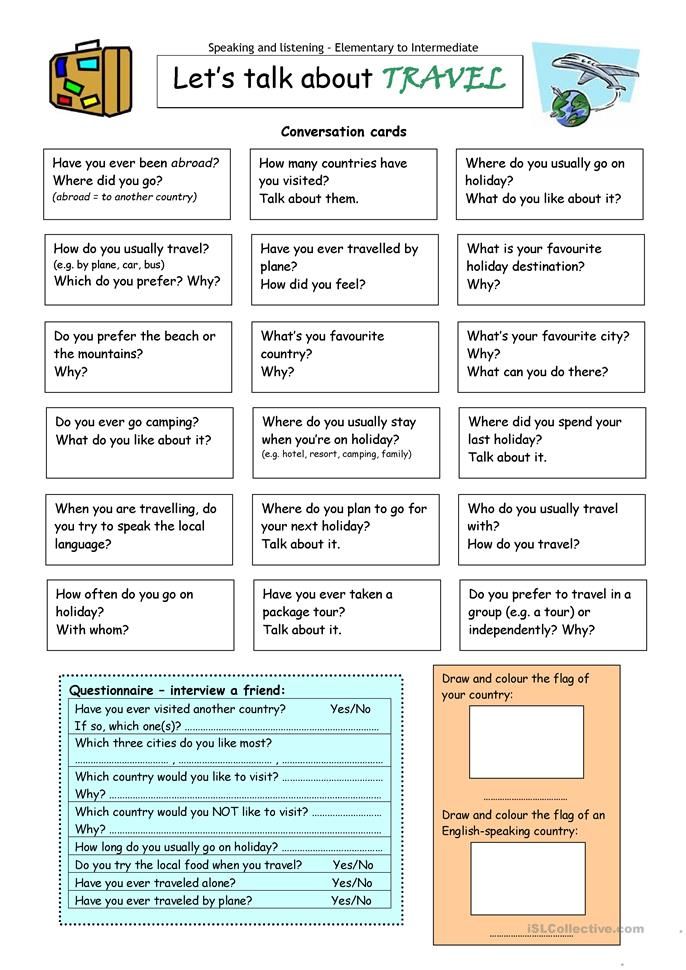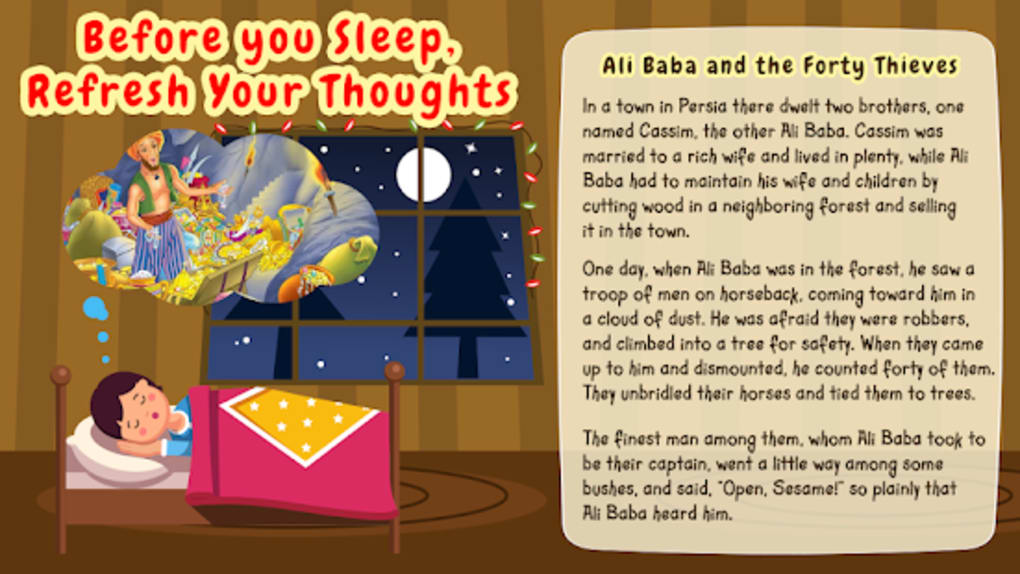How many sight words for kindergarten
Sight Words for Kindergarten & Kids
Site Search
Site Search
Shop Now
Teaching Tips
September 17, 2020
0
3 mins
No matter whether kindergarten children will be learning in person, online, or a hybrid of the two, parents and teachers are still focused on ensuring their emerging readers develop a love for reading while learning to read effectively and efficiently. One critical skill that children need in order to build solid foundational reading skills is sight word recognition.
What Are Sight Words?
When we teach children to read, we are basically helping them to crack a code. Children learn to hear and say the sounds of the alphabet and then how to blend those sounds to make words. These sounds usually follow basic spelling rules or phonetic principles, but there are some words that did not follow rules. These words are called sight words.
Most sight words cannot be decoded or sounded out, and they are also difficult to represent with a picture. As a result, children must learn to recognize these words automatically, or at first sight. Children who are able to quickly and instantly recognize sight words are more likely to become more fluent readers who read at a good speed because they are not stopping to try to decode every word. When children recognize sight words within three seconds, they are also more likely to comprehend what they are reading. Children who are able to instantly recognize sight words are more likely to be confident readers because over 50-70 percent of the general English text is made up of sight words.
There are several sight word lists for emerging readers. One list is called the Dolch Word List, created by E.W. Dolch in 1936. The list contains 220 of the most commonly used words that should be recognized by first sight. The list is divided by grade level from Pre-K through third grade, but many educators believe that these words should be mastered by first grade. In addition to the 220 sight words, the Dolch Word List also includes 95 high-frequency nouns.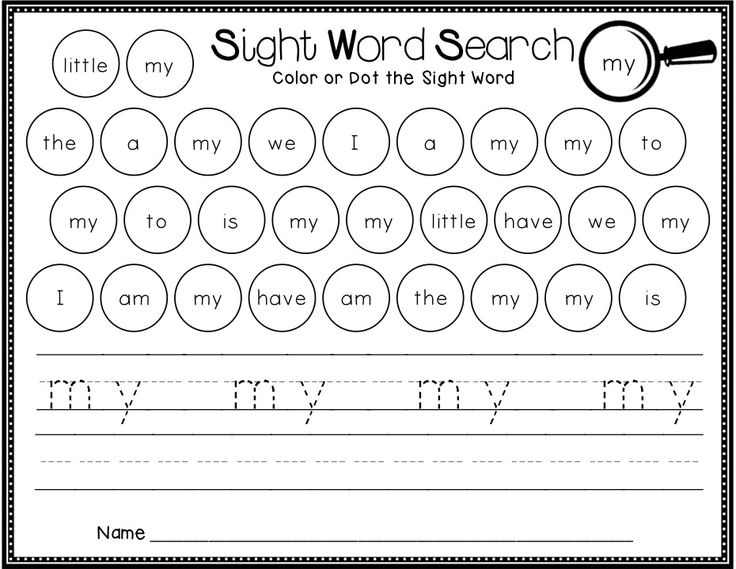 In the 1950’s, Dr. Edward Fry expanded the Dolch Word List to include 1,000 commonly used words in the English language. Fry updated the Fry Sight Word List in 1980, which is comprised of the most commonly used words in books, newspapers, and other publications. Like the Dolch Word list, the Fry Sight Word List is made up of both sight words and high-frequency words and is divided by grade level. Teachers will generally pull from one or both of these lists to create the sight words that children should learn. It is important for parents to keep in mind that children are expected to be able to instantly recognize sight words they have learned previously.
In the 1950’s, Dr. Edward Fry expanded the Dolch Word List to include 1,000 commonly used words in the English language. Fry updated the Fry Sight Word List in 1980, which is comprised of the most commonly used words in books, newspapers, and other publications. Like the Dolch Word list, the Fry Sight Word List is made up of both sight words and high-frequency words and is divided by grade level. Teachers will generally pull from one or both of these lists to create the sight words that children should learn. It is important for parents to keep in mind that children are expected to be able to instantly recognize sight words they have learned previously.
Examples of Sight Words for Kids
Here is a list of sight words and high-frequency words for Pre-K, kindergarten, and first grade that have been taken from both the Dolch Word and Fry Sight Word Lists.
| Grade | Sight Words |
| Pre-K (40 words) |
a, and, away, big, blue, can, come, down, find, for, funny, go, help, here, I, in, is, it, jump, little, look, make, me, my, not, one, play, red, run, said, see, the, three, to, two, up, we, where, yellow, you |
| Kindergarten (100 words) | about, all, am, an, are, as, at, ate, be, been, black, brown, but, by, call, came, could, day, did, do, each, eat, first, four, from, get, good, had, has, have, he, her, him, his, how, if, into, like, long, made, many, may, more, must, new, no, now, number, of, oil, on, or, other, our, out, part, people, please, pretty, ran, ride, saw, say, she, sit, so, some, soon, than, that, their, them, then, there, these, they, this, time, to, under, use, want, was, water, way, well, went, were, what, when, which, white, who, will, with, word, would, write, yes, your |
| 1st Grade (100 words) | add, after, again, air, also, America, animal, another, answer, any, around, ask, back, because, before, boy, change, different, does, end, even, every, fly, follow, food, form, found, give, going, great, hand, high, home, house, just, kind, know, land, large, learn, let, letter, line, live, man, mean, men, most, mother, move, much, must, name, need, near, off, old, only, once, open, over, page, picture, place, point, put, read, right, round, same, say, sentence, set, should, show, small, sound, spell, still, stop, study, such, take, tell, thank, things, think, through, too, try, turn, us, very, walk, want, well, why, work, world, year |
Site Words FAQs
Q: What is the difference between sight words and high-frequency words?
A: While both sight words and high-frequency words are important, they are not the same. Sight words are words that cannot be decoded, so knowing spelling rules or phonics will not help a child sound out the word. High-frequency words are commonly used words that students need to know. Some high-frequency words are decodable using spelling and phonics rules, and some are not. As a result, it is important to help students recognize both sight word and high-frequency words by sight, so that they can recognize them automatically. As you begin to introduce spelling rules, phonics and syllabication to Kindergarten children, be sure to highlight high-frequency words they have memorized that fit a given rule. Regardless of whether the word is a sight word or high-frequency words, they both must be taught explicitly and systemically so that children will know them automatically.
Sight words are words that cannot be decoded, so knowing spelling rules or phonics will not help a child sound out the word. High-frequency words are commonly used words that students need to know. Some high-frequency words are decodable using spelling and phonics rules, and some are not. As a result, it is important to help students recognize both sight word and high-frequency words by sight, so that they can recognize them automatically. As you begin to introduce spelling rules, phonics and syllabication to Kindergarten children, be sure to highlight high-frequency words they have memorized that fit a given rule. Regardless of whether the word is a sight word or high-frequency words, they both must be taught explicitly and systemically so that children will know them automatically.
Q: When should sight words be taught?
A: While most Pre-K children are able to master some sight words, it is important to remember that children learn language skills at different rates. They also have different interest levels when it comes to learning words.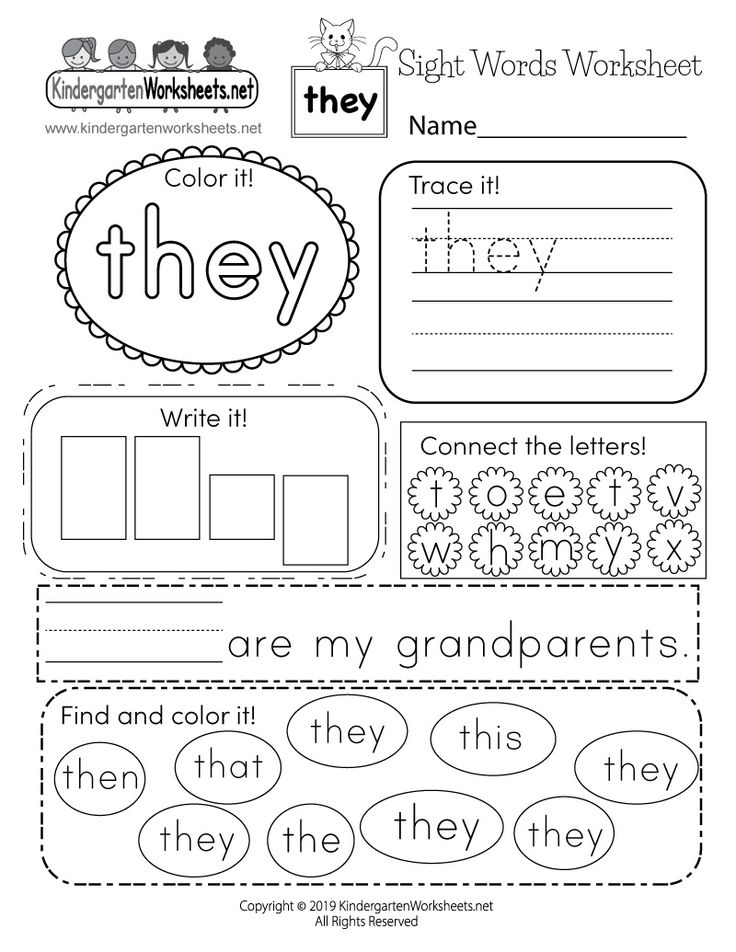 Some children are eager and ready to learn while others may not be. As a result, there is no specific age to begin teaching sight words. So try some fun sight word activities with your two- or three-year old children, but do not push if they are not interested. Let your child’s developmental readiness and interest level guide you.
Some children are eager and ready to learn while others may not be. As a result, there is no specific age to begin teaching sight words. So try some fun sight word activities with your two- or three-year old children, but do not push if they are not interested. Let your child’s developmental readiness and interest level guide you.
Q: How many sight words should kindergarteners learn?
A: There are varying opinions as to how many words children should learn. Some literacy experts like Tim Shanahan believe that kindergarteners should master 20 sight words by the end of kindergarten. The Dolch word list has 40 words listed for Pre-K students and some school districts require that kindergarteners learn 100 sight words by the end of the school year. Consider your children’s progress and interest levels as well as your school district’s expectation to help decide on the appropriate number of sight words for your children.
Q: What order should I teach sight words?
A: There is no one set prescribed order to teach sight words.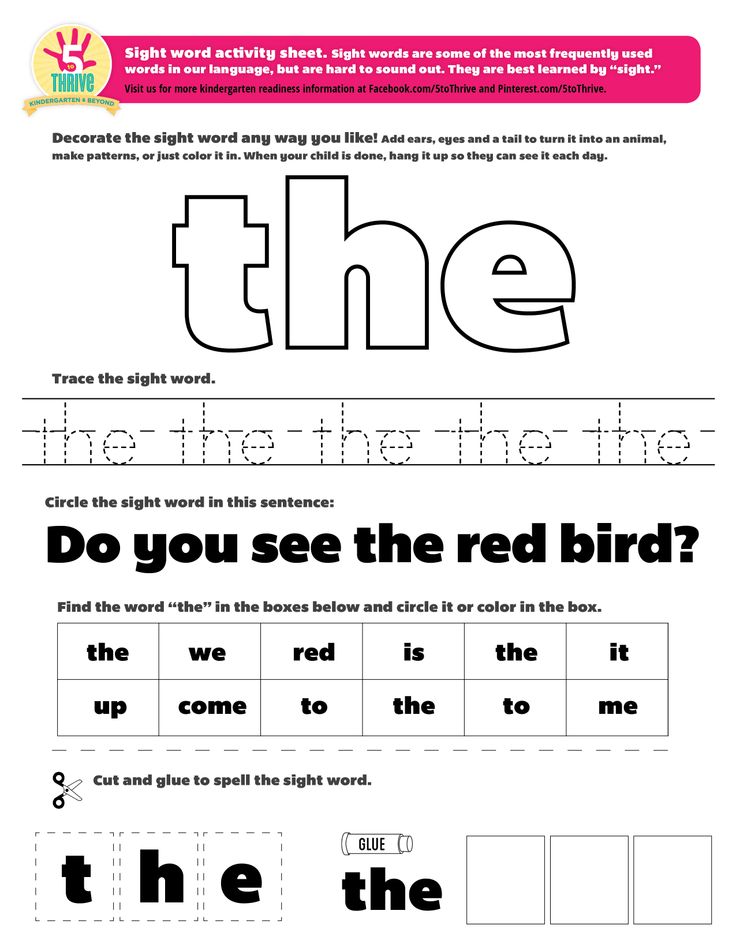 Some teachers and parents teach the sight words from the Dolch or Fry lists in alphabetical order. Others use the lists and create their own order. Consider using the Frequency Fry List that has words ranked by the frequency of use for reading and writing. To help children learn sight words and get them to stick, create your own lists to teach students the words not only in isolation, but also in context. For example, if you decide to read a specific book, teach the sight words from the book you are reading. This gives children practice reading the word in isolation and also helps them to see how the word is used in language.
Some teachers and parents teach the sight words from the Dolch or Fry lists in alphabetical order. Others use the lists and create their own order. Consider using the Frequency Fry List that has words ranked by the frequency of use for reading and writing. To help children learn sight words and get them to stick, create your own lists to teach students the words not only in isolation, but also in context. For example, if you decide to read a specific book, teach the sight words from the book you are reading. This gives children practice reading the word in isolation and also helps them to see how the word is used in language.
Q: How many sight words can be taught in a day?
A: Before determining a set number of sight words to teach, it is important to focus on the number of words that children are actually learning. It is important to consider the quality of their learning, not the quantity. Make certain that children can recognize sight words instantly and accurately before rushing to complete a certain number of words.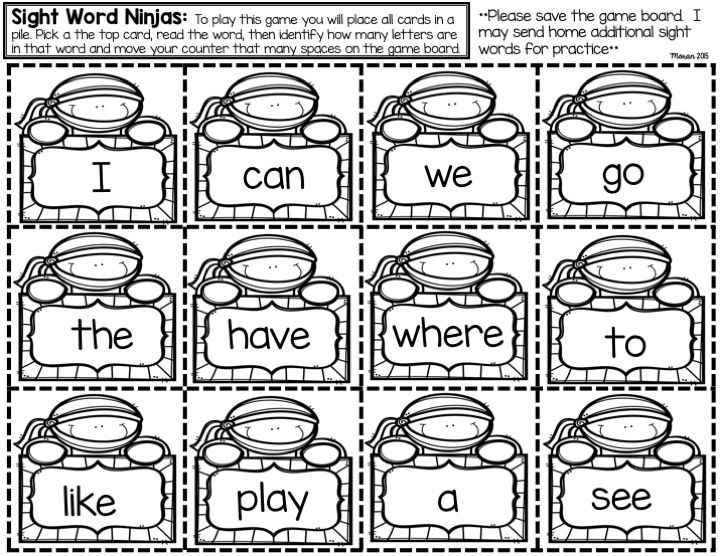 Before starting, be sure to consider the child’s age, motivation and memory skills. Keep in mind that a child who can instantly and accurately name 50 sight words is building a more solid reading foundation versus a child who “kind of knows” 100 words.
Before starting, be sure to consider the child’s age, motivation and memory skills. Keep in mind that a child who can instantly and accurately name 50 sight words is building a more solid reading foundation versus a child who “kind of knows” 100 words.
Start by introducing children to three to five new words during a given lesson. During the next day’s lesson, review the previously introduced words. If children remember all of the words, consider introducing three to five new words. If children do not remember the previous words, review the previously introduced words and wait to introduce new words. Also, consider reducing the number of words you introduce in each lesson to one or two words if children are struggling or feel overwhelmed.
Learning Without Tears Knows Sight Words!
There are lots of fun, engaging strategies to teach children sight words. Before you begin teaching sight words, make certain you have broken down the word lists into manageable and differentiated lists for your students.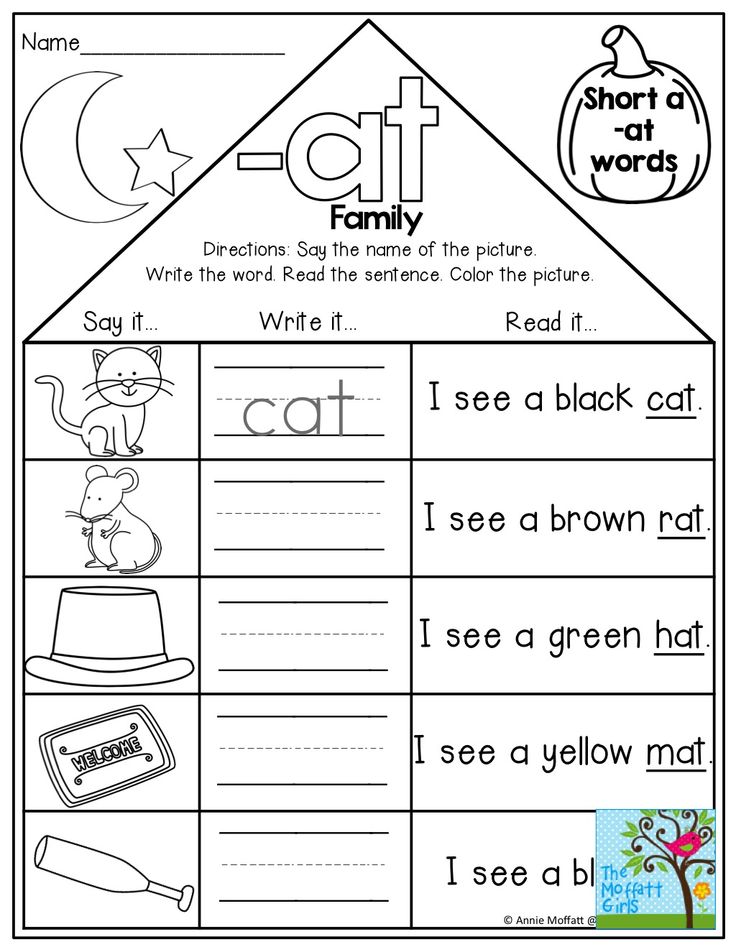 Secondly, no matter whether you are teaching your children in person or virtually, it is important to devote at least 15-20 minutes a day to teaching sight words. Lastly, make learning sight words is a fun and interactive activity. Below are 10 engaging sight words activities to do with your children.
Secondly, no matter whether you are teaching your children in person or virtually, it is important to devote at least 15-20 minutes a day to teaching sight words. Lastly, make learning sight words is a fun and interactive activity. Below are 10 engaging sight words activities to do with your children.
Sight Word Concentration – On index cards, write the same sight words on two separate cards. Make two piles – one with the word and the other with the matching word. Mix the two piles and place them face down. Have children take turns to find the matching cards. Consider having children write down the words that they found. Use Learning Without Tears’ A+ Worksheet Maker to create worksheets where they can copy the words.
Build-A-Sight Word – Children love building words with manipulatives like magnetic alphabet letters. Learning Without Tears’ Magnetic Lowercase & Blackboard Set contains magnetic lowercase letters and a magnetic blackboard with double lines so that children can build and write sight words.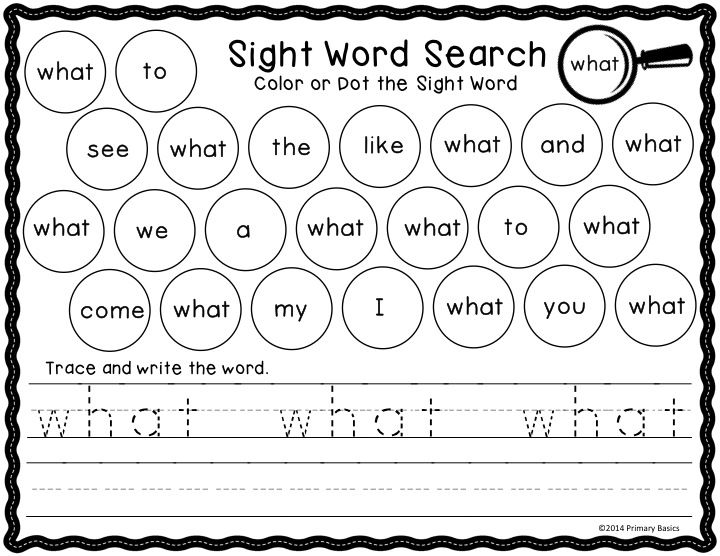 Children can also build sight words using Learning Without Tears’ free Make Your Own Letter Cards.
Children can also build sight words using Learning Without Tears’ free Make Your Own Letter Cards.
Sight Word Bingo – Create individual bingo cards using sight words that you have introduced. You can also give students a blank board and have them write the words in the boxes from a list you provide. Be sure to have the words written on index cards and pull them out of a container to call the sight words. Students should place a marker on the word when it is called. Students must yell "Sight Word Bingo!" when they have covered a vertical, horizontal, or diagonal row.
Stamp Out Sight Words – Using alphabet cookie cutters, have students stamp out letters using dough, then have children build sight words. Model for students first, then have them do it with you. After guiding them, have them try to build it independently. This fun activity is also great for building fine motor skills.
Sentences with Sight Words – Learning Without Tears’ Sentence School is a great way to help students learn sight words and write sentences.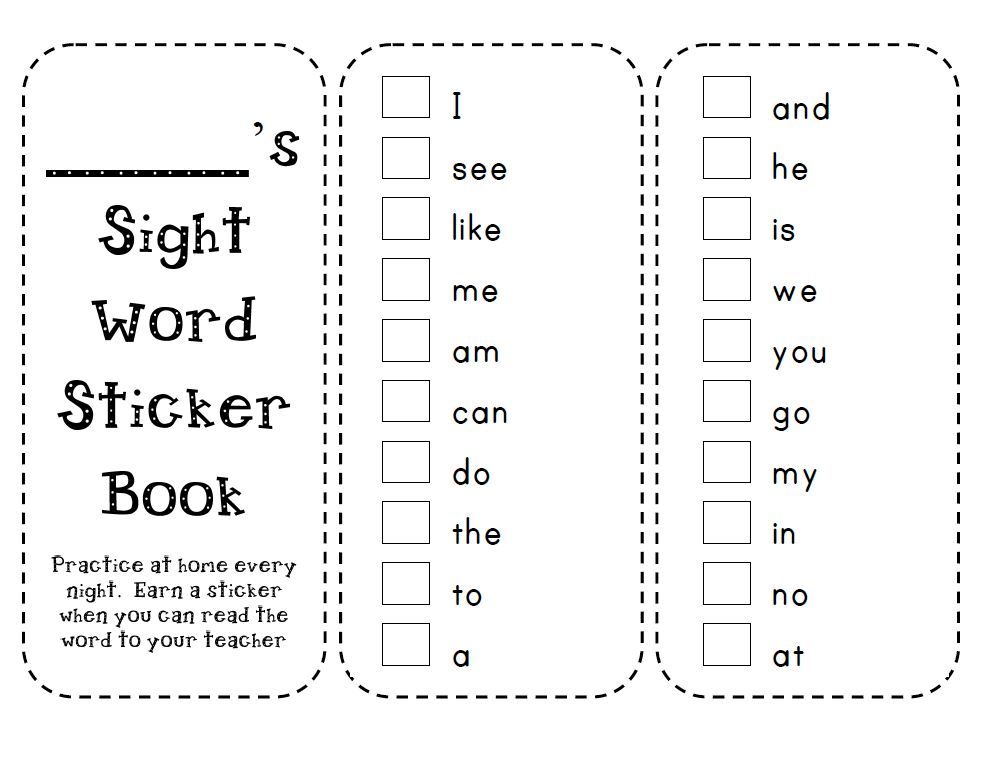 Students will love the engaging, hands-on lessons, and the guide is a great resource for teachers and parents alike.
Students will love the engaging, hands-on lessons, and the guide is a great resource for teachers and parents alike.
Sight Word Detective – Show children a sight word with a missing letter. Have children act as detectives to find the missing letter. You can play as a whole class, in teams, or individually. To make it more challenging, remove more than one letter. Also consider using the word with the missing letter in a sentence to help children practice context clues. You can write letters on a white board or use magnetic letters.
Sight Word Scramble – Using magnetic letters or letter cards, mix up the letters of the sight word and have children unscramble the words to reveal the correct spelling of the sight word. You can involve more children by giving each child a letter and have them spell out a sight word.
Sight Word Sing-a-Long – Music is a great teaching tool for children and adults. Learning Without Tears has lots of fun, engaging, and catchy songs to help students learn sight words.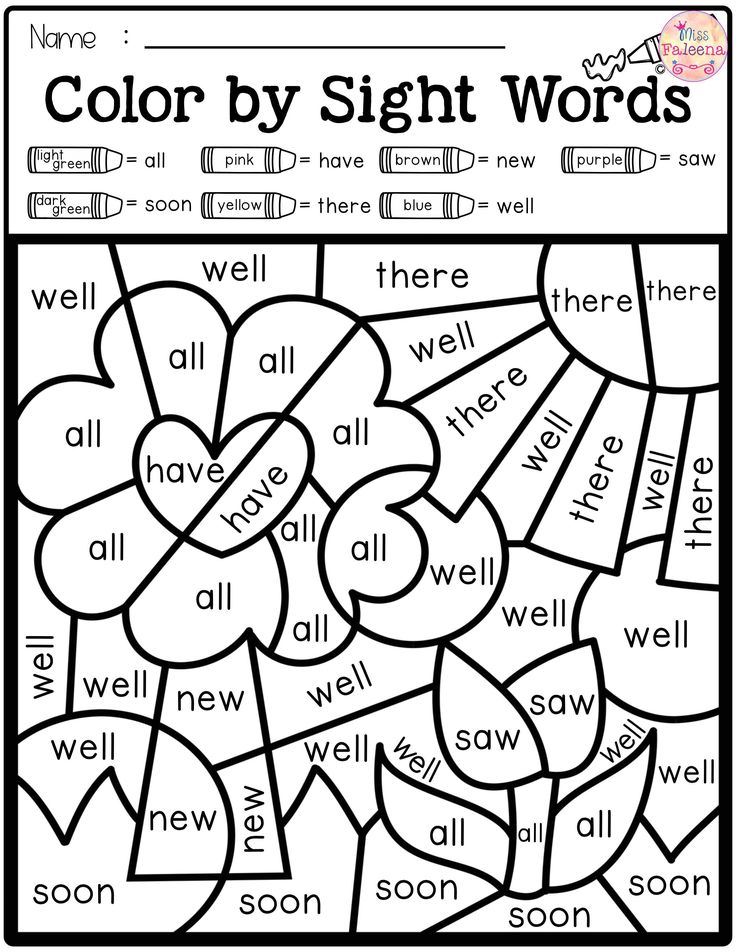 Consider displaying the lyrics from Learning Without Tears’ Rock, Rap, and Learn CD on a white board and have children circle all of the sight words. Lyrics to all songs are located on Learning Without Tears’ Handwriting Interactive Teaching Tool.
Consider displaying the lyrics from Learning Without Tears’ Rock, Rap, and Learn CD on a white board and have children circle all of the sight words. Lyrics to all songs are located on Learning Without Tears’ Handwriting Interactive Teaching Tool.
Read and Write Engaging Stories – Children feel more confident and excited when they begin to recognize words in a book. When reading to children, help them to identify sight words. Learning Without Tears’ MatMan Book series contains lots of sight words. Give sight word readers to children to begin reading on their own. After reading a story, write the sight words that they see and have children copy them. Also, encourage your students to create a funny story by writing down a sentence from each child. Circle all of the sight words they use.
Hand Activity Sight Words – To help children recognize sight words automatically and make them stick, teach them the attributes of the words using Learning Without Tears’ Hand Activity Method.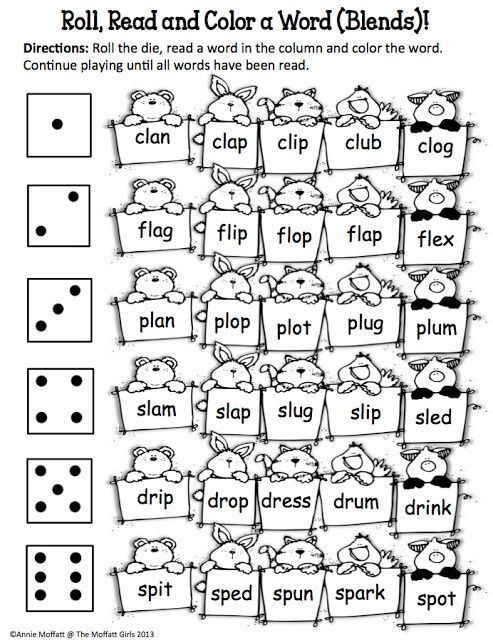 Some lowercase letters are tall (b,f,h), some are small (a, e, n), and some are descending (j, p, y). Have them use their hands to spell out the words or use the hands and letters from LWT’s Magnetic Lowercase & Blackboard Set to help them visualize the words. Also, consider highlighting other attributes of words—like the number of letters, consonants, and vowels—in order to help students connect with sight words.
Some lowercase letters are tall (b,f,h), some are small (a, e, n), and some are descending (j, p, y). Have them use their hands to spell out the words or use the hands and letters from LWT’s Magnetic Lowercase & Blackboard Set to help them visualize the words. Also, consider highlighting other attributes of words—like the number of letters, consonants, and vowels—in order to help students connect with sight words.
Explicitly teaching children sight words in a fun, engaging manner will help to build their reading rate, fluency, and confidence. Sight words will build a solid foundation for students to become proficient readers. Have fun!
Related Tags
Readiness
Readiness, Summer, Teaching Tips, Multisensory Learning
5 Ways to Support Your Students this Summer
June 7, 2022
0 5 minutes
Readiness, Summer, Teaching Tips, Multisensory Learning
4 Guidelines to Support Students Over Long Breaks in Learning
February 14, 2022
0 5 mins
Ask the Experts, Teaching Tips, Multisensory Learning, Readiness
Pint-Size Book Authors: Using Early Readers as Mentor Texts
September 10, 2021
0 3 min
There are no comments
Stay Connected and Save 10%Sign up for our newsletter and get the latest updates, Classroom tips & free downloads.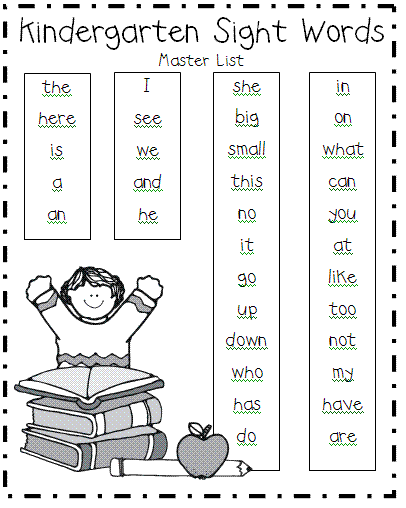
Comments
How To Teach Them · Pint-sized Treasures
Kindergarten Sight Words Build a Strong Foundation!It’s not just colors and shapes kids need to learn in kindergarten.
It’s way much more.
The majority of their reading foundation is established during preschool and kindergarten.
And sight words speed up the process of building a strong, academic foundation in the early years.
WHAT EXACTLY ARE SIGHT WORDS?
Simply put, sight words are words that don’t always follow English phonic rules but appear very frequently in reading.
When my kids finally learned their site words, their reading speeds up fast!
And you know what happens when a child improves her speed of reading?
- Her comprehension level grows.
- Her love for reading blooms.
- Many of her other school subjects become easier.
That’s Why Your Kindergartener Needs to Learn Sight Words!
But where do you start?
The easiest way to help your child learn her sight words fast is to simply list them all!
And there are 52 sight words that kindergarteners need to know.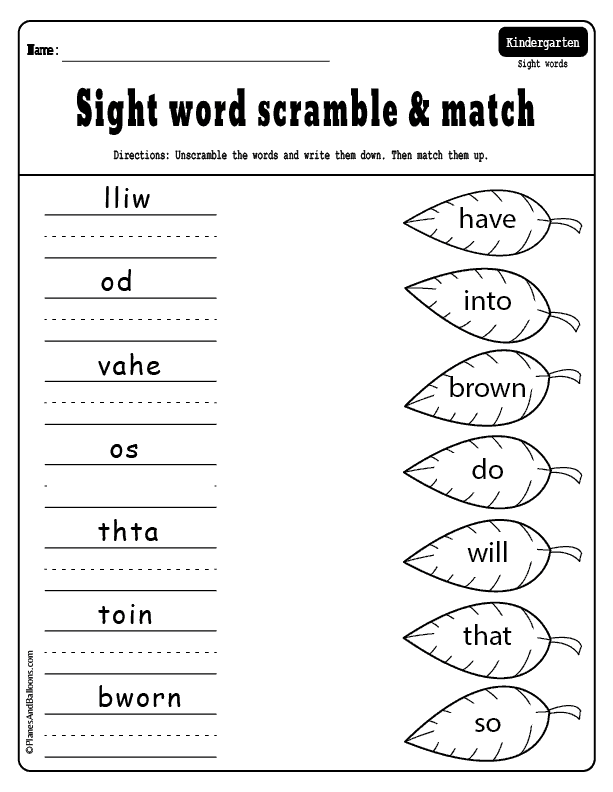 .
.
Yes, 52.
That number may seem overwhelming, but when you teach them to your child in batches it becomes much less intimidating!
What are the 52 Kindergarten Sight Words?
Here they are in alphabetical order:
all, am, are, at, ate, be, black, brown, but, came, did, do, eat, four, get, good, have, he, into, like, must, new, no, now, on, our, out, please, pretty, ran, ride, saw, say, she, so, soon, that, there, they, this, too, under, want, was, well, went, what, white, who, will, with, yes.
But we want to make sight words fun, so we created some printable, sight word cards (sight word flash cards, but in colorful circles!) to help your kindergartener learn these FAST!
How to Use Sight Words Flash Cards
- Print out ALL Five cards.
- Cut out all the circles.
- Place sight words into color specified piles.
- On a daily basis, spend a few minutes, 3 times per day, going over a certain colored set of sight words.
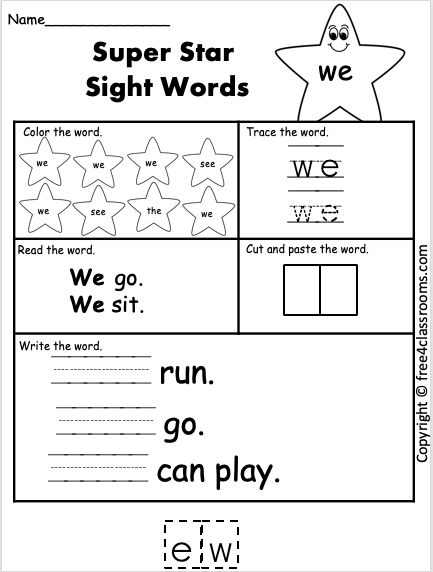
All the green sight words together on one day
All the orange sight words together on another day etc.
You Can Download and Print the Cards Here!
How to Teach Kindergarten Sight WordsLet’s get started…the simple way!
Begin showing your child the list. You can print out the list, put it on the fridge, read it together during storytime etc. Anyway to familiarize your child with this list of common words.
Everyday, take a few minutes to read all of the words to your child. Make sure this “reading” time is fun, upbeat, and not stressful.
What Are Other Ways to Teach Sight Words?Point Out Sight Words in Daily LifeWhen you’re at the grocery store, when you’re watching TV or sending a text, let your child find the sight word!
Let Your Child Read Sight Words During StoryTimeAt night, when you’re reading a book to your child, pause at the sight words and let them read those words!
This adds a fun dash to learning sight words and keeps them in front of her often!
Let Them Write Sight Words in Flour or RiceWe use this for spelling too, but it works great for sight word practice!
Grab a cookie sheet or any type of tray, and fill it with flour or rice.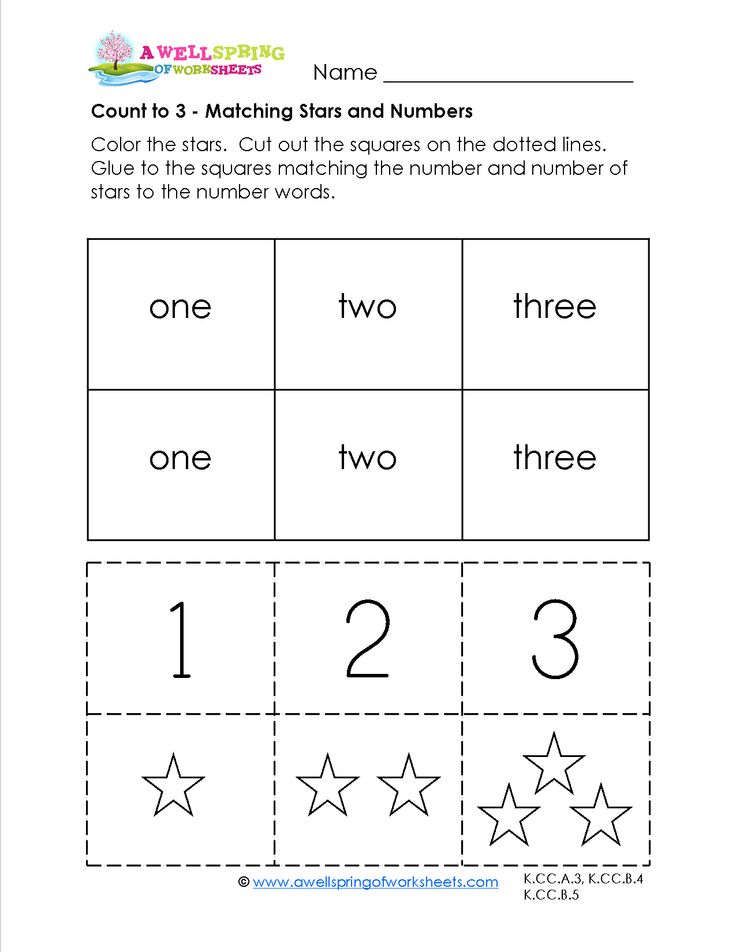
Place the printable flash cards on the table beside the tray and let your kindergartener write the site words.
Copying and writing is one of the most effective ways some emergent readers learn!
Go on a Sight Word HuntKids love scavenger hunts and Easter egg hunts, of course they’ll love a sight word hunt!
Hide the printable sight word circles around the house and every time your child finds one, read the word together, spell it and read it again!
Be sure to give a small prize for finding all the hidden sight words!
Kindergarten Sight Word GamesAnd of course, games are one of the best tools to teach kids foundational learning!
Here are a few of my absolute favorites….a few I’ve used since 2005!
Sight Word Scratch Off GameThis scratch off game to help kindergarteners learn sight words is genius!
Kids always look scratch off cards, so I’m sure they’d love this new learning activity!
Sight Word Slap!Place the printed sight words in a stack and call out sight words in random order.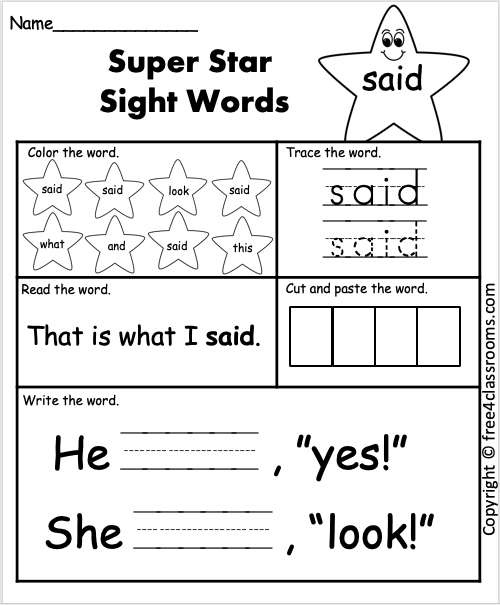
Tell your child to SLAP the sight word as soon as she hears it!
My kids LOVED playing this game — all six of them!
Sight Word Puddle JumpingHow about a craft AND game to help your child to learn her sight words for kindergarten?
You’ll find all the instructions for this fun learning game here!
And if you have a preschooler, find out the 23 Things Your Preschooler Needs to Learn this Summer!
Sight Wordlist for Pre-K and Kindergarten
Description
The most attractive and enjoyable app list Sight word for Preschoolers as well as Kindergarten to keep practicing to be a good English reader. This free kindergarten word list sight is really a useful application to improve and even increase your English word list sighting through audio sound. It is specially designed for preschool children and caregivers.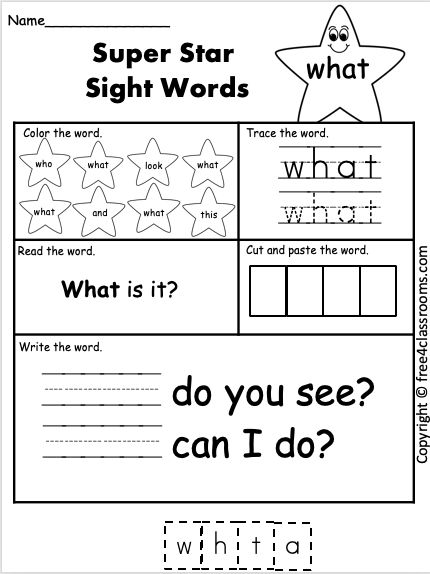 First of all, lets explain what the word vision is. Sight words are commonly used words that young children are encouraged to remember in their entirety by sight, so that they can automatically recognize those words in print without the need for any decoding strategies. That is to say, this word list look for Preschoolers and Kindergarten application is very useful. Also, an advantage for children being able to recognize the sight of words automatically is that the beginning reader will be able to identify most of the words in the beginning text before they even attempt to read it; In a way that allows the child to focus on comprehension and comprehension as they read non-stop and decode each word. It is extremely important and the best start is to recognize as many vocabularies as possible in order to develop and succeed in language learning. How we, KiddyPop, create this special app for our own children and would like to share with parents who are similarly looking to raise a bilingual or perhaps tri-lingual child.
First of all, lets explain what the word vision is. Sight words are commonly used words that young children are encouraged to remember in their entirety by sight, so that they can automatically recognize those words in print without the need for any decoding strategies. That is to say, this word list look for Preschoolers and Kindergarten application is very useful. Also, an advantage for children being able to recognize the sight of words automatically is that the beginning reader will be able to identify most of the words in the beginning text before they even attempt to read it; In a way that allows the child to focus on comprehension and comprehension as they read non-stop and decode each word. It is extremely important and the best start is to recognize as many vocabularies as possible in order to develop and succeed in language learning. How we, KiddyPop, create this special app for our own children and would like to share with parents who are similarly looking to raise a bilingual or perhaps tri-lingual child.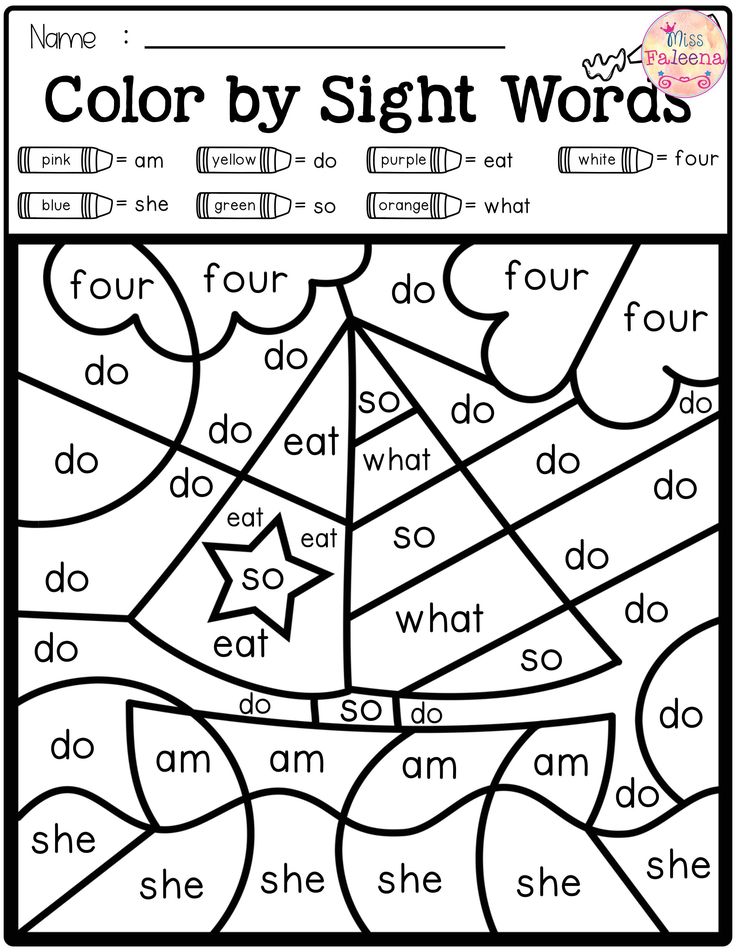 In other words, it is truly continuous development. If you notice any problems or maybe bugs, please let us know by email: [email protected]~~HEAD=pobj. We will fix all of them with free updates. KiddyPop in addition has additional levels of word list sighting such as sight word class 1, sight word class 2 and sight word class 3. We consistently create useful and practical Sight Word List Programs for our children, just follow KiddyPop to help your child or even self-reading practice in English as 3 following ways:-
In other words, it is truly continuous development. If you notice any problems or maybe bugs, please let us know by email: [email protected]~~HEAD=pobj. We will fix all of them with free updates. KiddyPop in addition has additional levels of word list sighting such as sight word class 1, sight word class 2 and sight word class 3. We consistently create useful and practical Sight Word List Programs for our children, just follow KiddyPop to help your child or even self-reading practice in English as 3 following ways:-
Check out our website: http://www.KiddyPop.com
Like us on Facebook: http://facebook.com/kiddypoppage
Subscribe our channel on YouTube: https://www.youtube.com/channel/ UC-TlhsD5JGHBbRh4EwiXYcA/videos
Please be aware that it is really an continuing development. Should you have observed any concerns or maybe bugs, please let us know by email: [email protected]. We will fix all of them with free updates.
Prepare for the most friendly Chinese Fruit words application!!! nine0011
Version 1.0
The app has been updated by Apple to display the Apple Watch app icon.
The developer of pimporn rungratikunthorn has not disclosed to Apple its privacy policy or data practices.
N/A
Developer will be required to provide privacy information when submitting the next application update. nine0011
Information
- Provider
- pimporn rungratikunthorn
- Size
- 16.3 MB
- Category
- Education
- Age
- 4+
- Copyright
- © 2016 App4smartkids
- Price
- Free
- App support
Other apps from this developer
You may like
Physical education minutes
Physical education minutes
Physical education minutes are short-term physical exercises carried out to prevent fatigue, restore mental performance (excite the areas of the cerebral cortex that were not involved in the previous activity, and give rest to those who worked).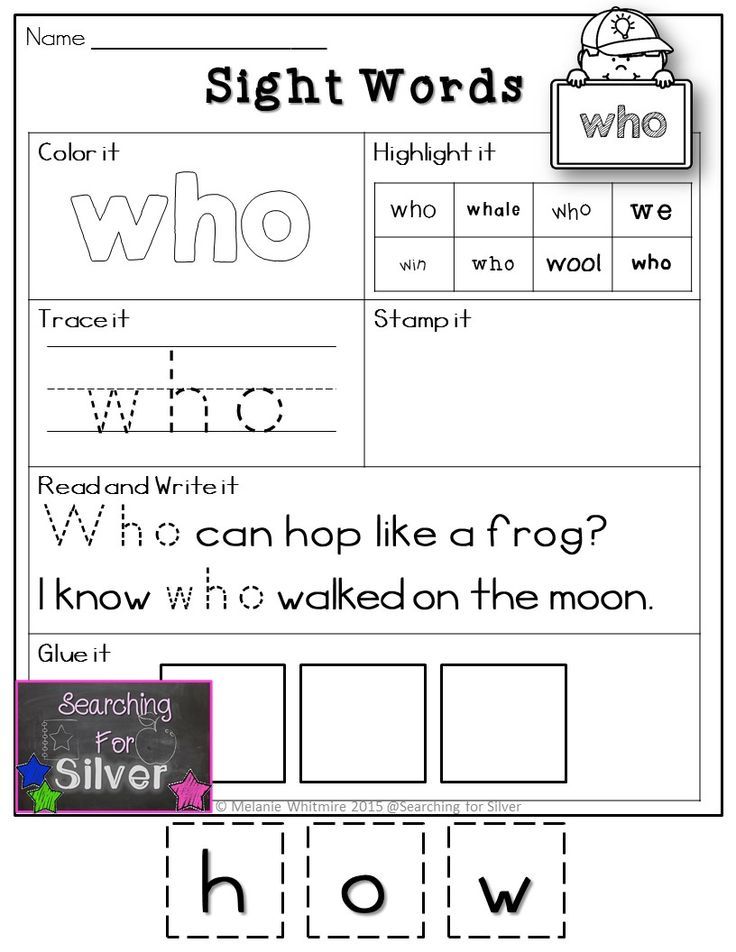
Meaning: improve blood circulation, relieve fatigue of muscles, nervous system, activate children's thinking, create positive emotions and increase interest in classes.
Duration: 1.5-2 minutes; It is recommended to carry out, starting with the middle group. They are carried out at a time when children's attention decreases and fatigue sets in. The guys perform physical exercises when they go to a free place (sipping, bending, moving their arms up and down, half-crouching, bouncing, walking). nine0013 “Physical minutes may be accompanied by text related or not related to the content of the lesson. When pronouncing the text by children, it is necessary to ensure that exhalation is performed when pronouncing the words of this line, and before the beginning of the next one - a deep and calm exhalation, then after a physical minute the child's breathing remains calm and rhythmic. Physical education sessions with musical accompaniment are interesting and emotional. Children can perform several types of dance steps to music or sing 1-2 verses of a song, accompanying them with improvised movements (circling, bending, squatting, etc.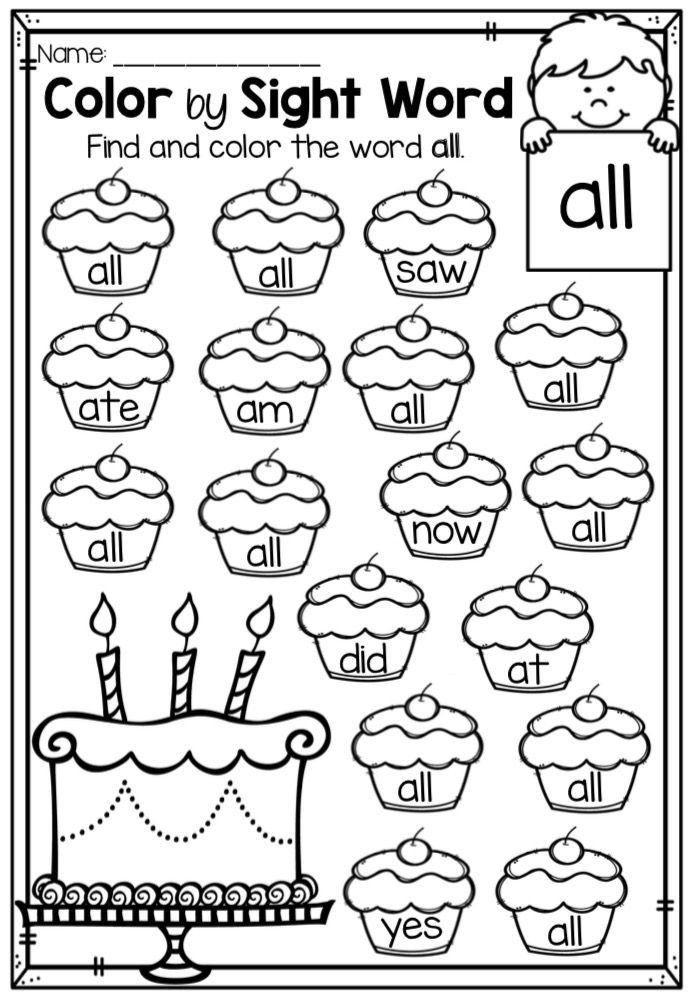 ). nine0011
). nine0011
And now we are with you, children
And now we are with you, children,
We are flying away on a rocket.
Get up on your toes,
And then your hands down.
One, two, three, four -
Here's a rocket flying up! (1-2 - stand on toes, hands up, palms form a "rocket dome"; 3-4 - main stand.)
Physical education minute. And the clock goes on and on
Tick-tick, tick-tock,
Who knows how to do that in the house?
This is the pendulum in the clock,
Beats every beat (Tilts left-right.)
A cuckoo sits in the clock,
She has her own hut. (Children sit down in a deep squat.)
The bird crows time,
He hides behind the door again, (Squats.)
Arrows move in a circle.
Do not touch each other. (Torso rotation to the right.)
You and I will turn
Against the clock. (Torso rotation to the left.)
And the clock goes, goes, (Walking in place.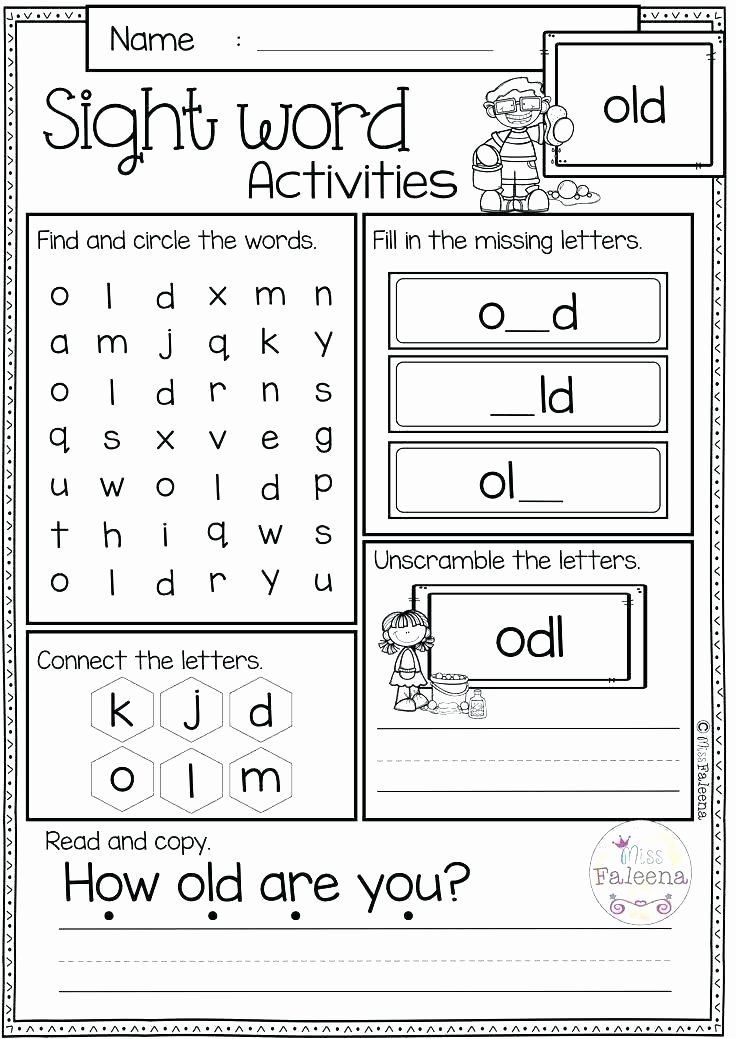 )
)
Sometimes they suddenly fall behind. (Slowing down the pace of walking.)
And it happens that they are in a hurry,
As if they want to run away! (Running in place.)
If they are not turned on,
Then they completely get up. (Children stop.)
Physical education minute. Squirrels
Squirrels jump on branches.
Jump and jump, jump and jump!
Often climbed
High, high! (Jumping in place.)
Physical education minute. Let's jump and jump!
One, two, three, four, five!
Let's jump and jump! (Jumping in place.)
Right side bent. (Torso tilts left-right.)
One, two, three.
Leaned left side.
One, two, three.
And now let's raise our hands (Hands up.)
And reach for the clouds.
Let's sit on the path, (Sit down on the floor.)
We'll stretch our legs.
Let's bend the right leg, (Bend the legs at the knee. )
)
One, two, three!
Let's bend the left leg,
One, two, three.
They raised their legs high (Raised their legs up.)
And held them a little.
They shook their heads (Head movements.)
And everyone stood up together. (Stand up.)
Let's jump like a frog
Let's jump like a frog
Jumping champion.
After the jump - another jump,
Let's jump higher, my friend! (Jumping.)
Roly-up, (Jumping in place)
Sit down. (Squats.)
What a naughty one you are!
We can't handle you! (Clap hands.)
Arm up and arm down
Arm up and arm down.
Pulled them lightly.
Quickly changed hands!
We are not bored today. (One straight arm up, the other down, jerking to change hands.)
Squat clapping:
Down clapping and up clapping.
We stretch our legs and arms,
We know for sure that it will be useful. (Squats, clapping hands above the head.)
(Squats, clapping hands above the head.)
Turning and turning the head,
Stretching the neck. Stop! (Rotation of the head to the right and left.)
Physical education minute. Funny geese
(Musical physical education minute)
(Children sing and perform different movements after the teacher.)
Lived with a grandmother
Two merry geese:
One gray,
Another white,
Two merry geese. nine0013 They stretched their necks -
Who is longer!
One is grey, the other is white,
Which one is longer!
Washing geese paws
In a puddle near the groove.
One grey, one white,
Hid in a groove.
Grandma is screaming:
Oh, the geese are gone!
One gray,
Another white -
My geese, geese!
Geese came out,
Bowed to the grandmother -
One gray, the other white,
Bowed to the grandmother.
Jolly jumps
One, two - there is a rocket.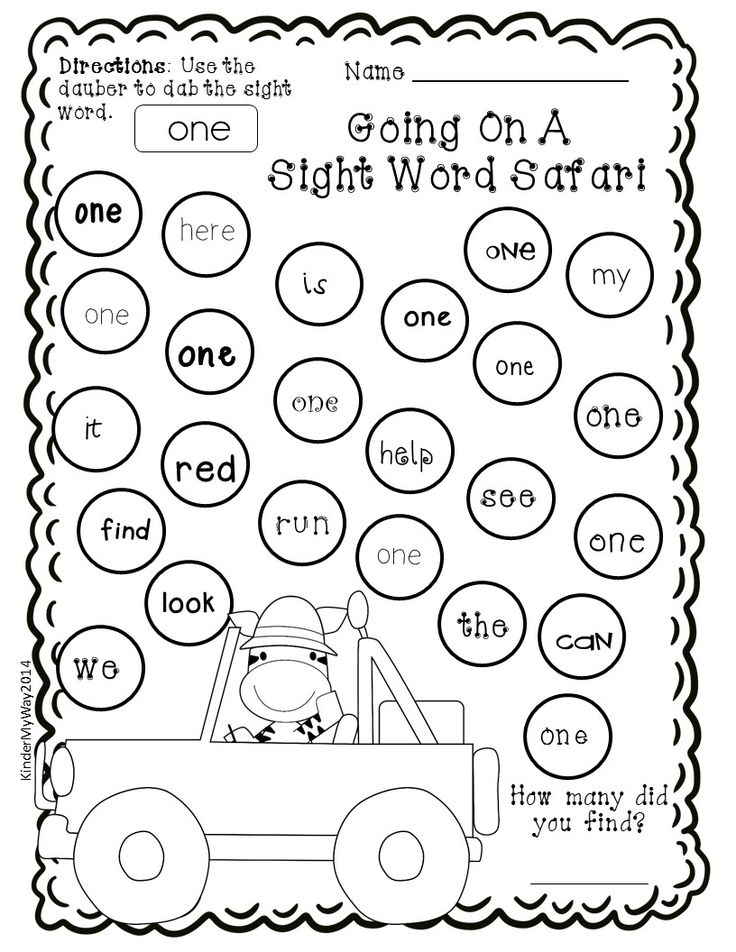
Three, four - plane. nine0013 One, two - clap your hands, (Jumping on one and two legs.)
And then for each count.
One, two, three, four -
Arms higher, shoulders wider.
One, two, three, four -
And they were like on the spot. (Walking in place.)
Wind
The wind is blowing in our face,
The tree is swaying.
The wind is quieter, quieter, quieter.
The tree is getting higher and higher. (Children imitate the breath of the wind, shaking their torso in one direction or the other. To the words “quiet, quiet” the children squat, to “higher, higher” they straighten up.)
The wind is blowing over the fields
The wind is blowing over the fields,
And the grass is swaying. (Children gently swing their arms above their heads.)
A cloud floats above us,
Like a white mountain. (Sipping - hands up.)
The wind carries dust over the field.
Ears lean -
Left and right, back and forth,
And then vice versa. (Tilting right-left, forward-backward.)
(Tilting right-left, forward-backward.)
We are climbing the hill, (Walking in place.)
Let's rest a little there. (Children sit down.)
The wind gently shakes the maple
The wind gently shakes the maple,
Tilts to the right, to the left:
Tilt once and tilt twice,
Maple leaves rustle. (Legs shoulder-width apart, hands behind the head. Tilts of the torso to the right and left.)
In the evening
In the evening, the girl Mila (We walk on the spot.)
In the garden she broke a flower bed, (Jumping on the spot.)
Her brother, the boy Ivan ( Squats.)
Also broke... a glass! (Clap your hands.)
You see the butterfly is flying
You see the butterfly is flying, (We wave our wings.)
He counts flowers in the meadow. (We count with a finger.)
- One, two, three, four, five. (clapping hands.)
Oh, counting can't count! (Jumping in place.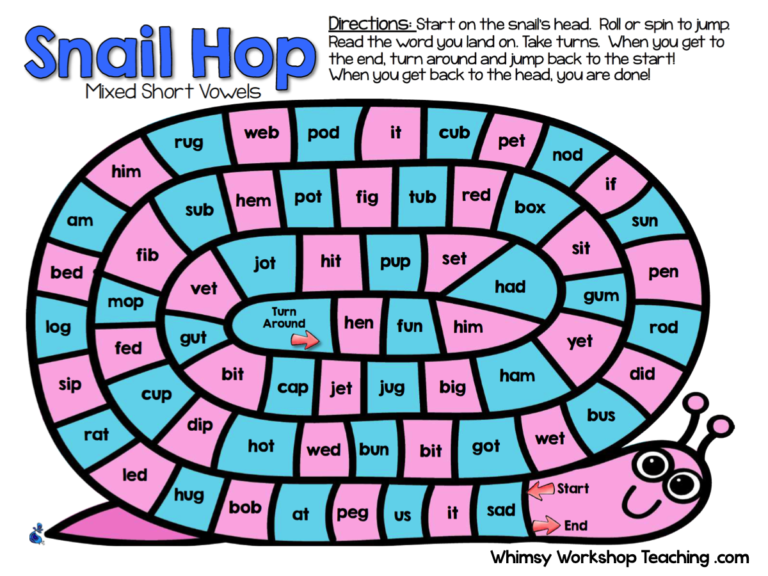 )
)
In a day, in two, and in a month... (We are walking in place.)
Six, seven, eight, nine, ten. (Clapping hands.)
Even a wise bee (We wave our winged arms.)
I couldn't count! (We count with a finger.)
(G. Vieru)
We walk through the forest together
We walk through the forest together,
We are not in a hurry, we are not lagging behind.
Here we go out to the meadow. (Walking in place.)
A thousand flowers around! (Sipping - arms to the sides.)
Here is chamomile, cornflower,
Lungwort, porridge, clover.
The carpet is spread out
Right and left. (Bend down and touch the left foot with the right hand, then vice versa - the right foot with the left hand.)
The handles were stretched to the sky,
The spine was stretched. (Sipping - hands up.)
We all had time to rest
And we sat down again. (Children sit down.)
A sunflower grows in the yard
A sunflower grows in the yard,
In the morning he reaches for the sun.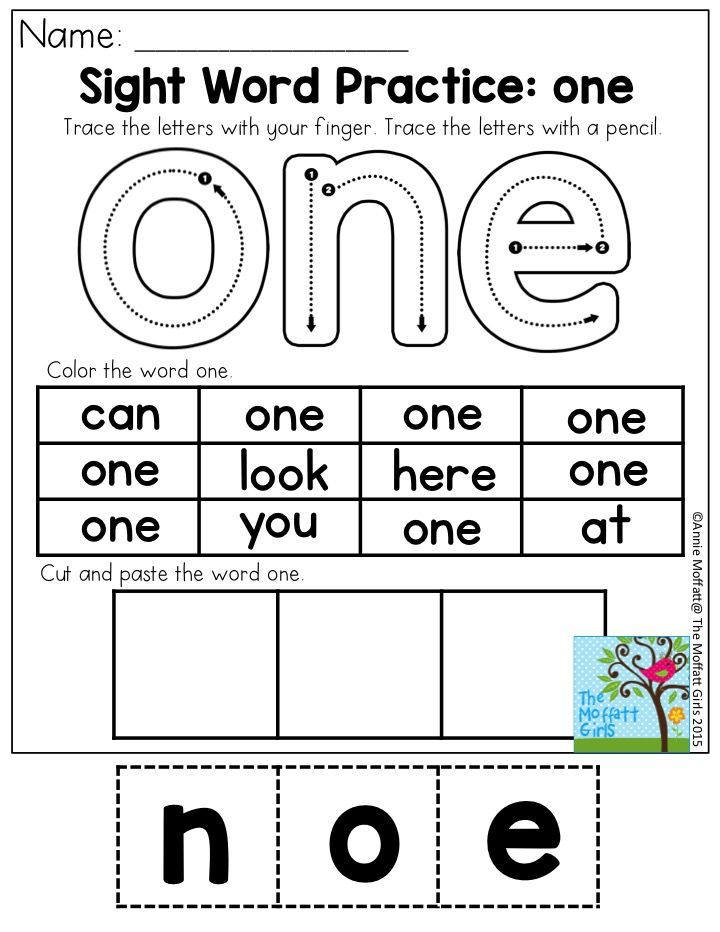 (Children stand on one leg and stretch their arms up.)
(Children stand on one leg and stretch their arms up.)
Next to him is a second, similar one,
He also reaches for the sun. (Children stand on the other leg and again pull their hands up.)
Turn the handles in a circle.
Don't accidentally hit a friend!
A few laps ahead,
And then vice versa. (Rotation of straight arms back and forth.)
We had a wonderful rest,
And it's time for us to sit down. (Children sit down.)
There is a pine tree in the yard
There is a pine tree in the yard,
She reaches for the sky.
The poplar grew next to her,
He wants to be more authentic. (Standing on one leg, we stretch - hands up, then the same, standing on the other leg.)
A strong wind swept in,
All the trees shook. (Tilts of the body back and forth.)
Branches bend back and forth,
The wind shakes them, oppresses them. (Jerking hands in front of the chest.)
Let's squat together -
One, two, three, four, five.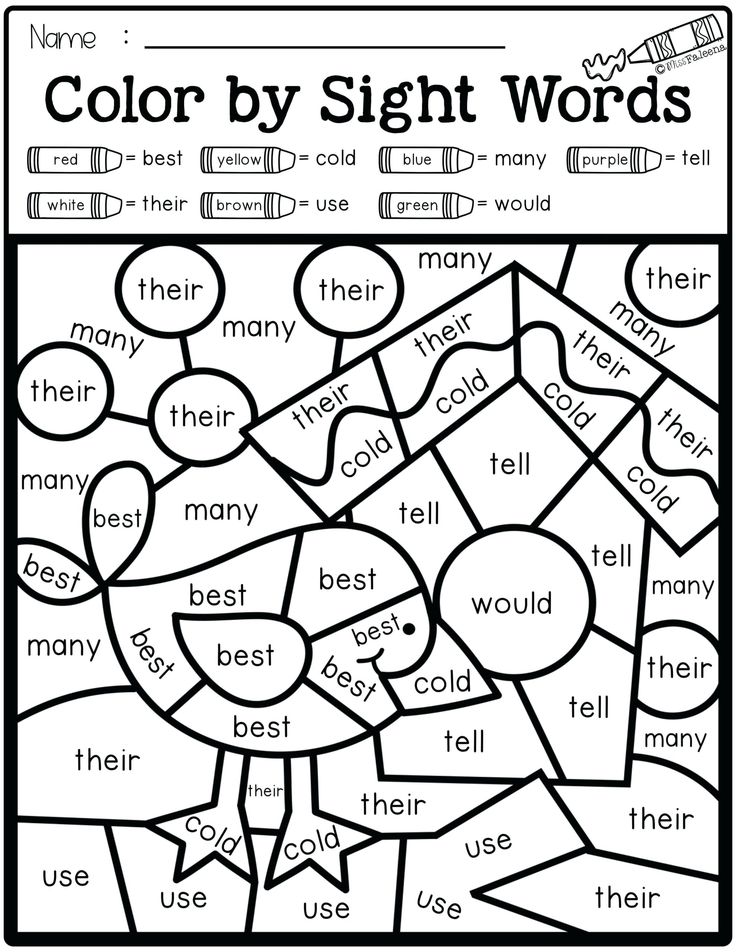 (Squats.)
(Squats.)
We warmed up from the heart
And we hurry to the place again. (Children go to places.)
A big bird is flying
A big bird is flying,
Smoothly circling over the river. (Hand movements imitating flapping wings.)
Finally, she sits
On a snag above the water. (Children sit down for a few seconds in a deep squat.)
Here under the Christmas tree
Here under the green Christmas tree (Stand up.)
Crows are galloping merrily: (Let's jump.)
Kar-kar-kar! (Loudly.) (Clap hands overhead.)
All day long they were shouting, (Torso turns left and right.)
They didn't let the boys sleep: (Tilts of the torso to the left and right.)
Kar-kar-kar! (Loudly.) (clapping their hands over their heads.)
Only at night they fall silent (They wave their arms like wings.)
And they all fall asleep together: (Squat down, hands under the cheek - fall asleep.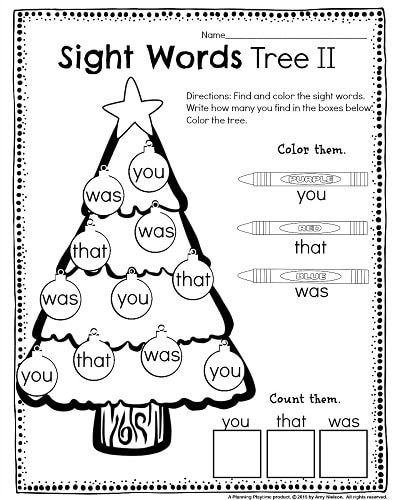 )
)
Kar-kar-kar! (Quietly.) (clap hands overhead)
Monday
On Monday I went swimming, (Imagine swimming.)
And on Tuesday I painted. (Depicting drawing.)
On Wednesday, I washed my face for a long time, (We wash our faces.)
And played football on Thursday. (Running in place.)
On Friday I was jumping, running, (Let's jump.)
I danced for a very long time. (Whirling in place.)
And on Saturday, Sunday (clapping hands.)
I rested all day. (Children squat down, hands under the cheek - fall asleep.)
You want to get the roof
Stretch up higher -
You want to get the roof. (Sipping - hands up.)
One, two, three,
Turn the body to the left.
And help with your hands,
Stretch your lower back. (Turns of the torso to the sides.)
Let's pull our hands to the sides (Sipping - hands to the sides.)
And sit down again. (Children sit down.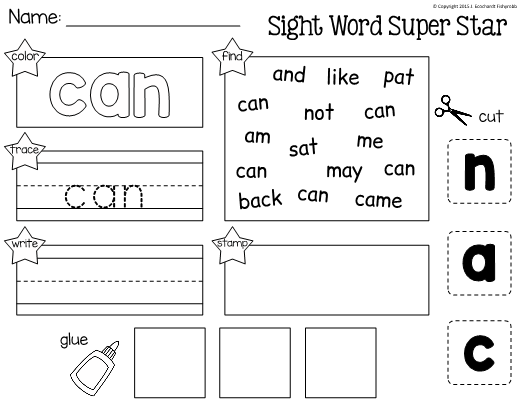 )
)
Trees have grown in the field
Trees have grown in the field.
It's good to grow in the wild! (Sipping - arms to the sides.)
Everyone is trying,
Stretching towards the sky, towards the sun. (Sipping - arms up.)
A cheerful wind blew,
Branches swayed right there, (Children wave their hands.)
Even thick trunks
Bent to the ground. (Forward bends.)
Right-left, back-forward -
So the trees are oppressed by the wind. (Tilts left and right, back and forth.)
He turns them, he turns them.
But when will the rest be? (Torso rotation.)
A bunny came out
A bunny went out for a walk.
The wind began to subside. (Walking on the spot.)
Here he jumps down the slope,
Runs into the green forest.
And rushes between the trunks,
Among the grass, flowers, bushes. (Jumping in place.)
Little Bunny is tired.
Wants to hide in the bushes.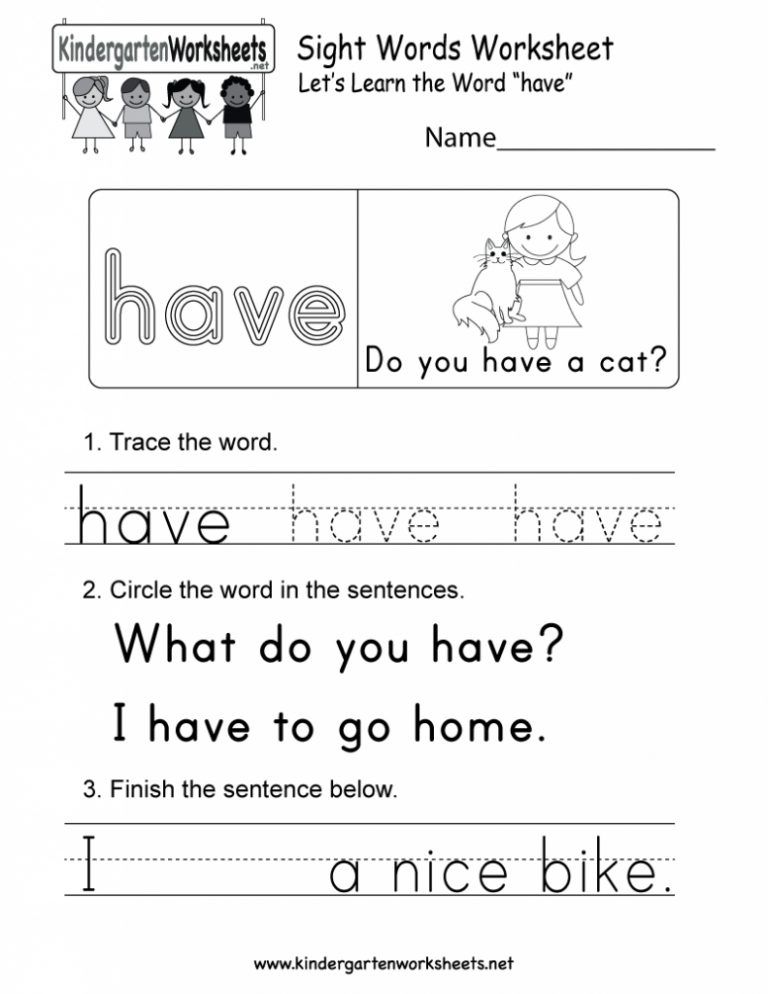 (Walking on the spot.)
(Walking on the spot.)
A hare stopped in the middle of the grass
And now we will freeze too! (Children sit down.)
The clown came out
The clown entered the arena, Bowed to everyone from the stage, To the right, left and forward ... Bowed to everyone as best he could. (Bows.)
Physical education minute. Mice came out
Mice came out once (Walking in place or moving forward in a column.)
See what time it is. (Turns to the left, to the right, fingers "tube" in front of the eyes.)
One, two, three, four (claps overhead with hands.)
The mice pulled the weights. (Hands up and squatting with lowering hands "pulled the weights".)
Suddenly there was a terrible ringing, (clapping in front of him.)
The mice ran away. (Running in place or to your place.)
Physical education minute. Elephant shakes its head
One, two, three - forward tilt,
One, two, three - now back.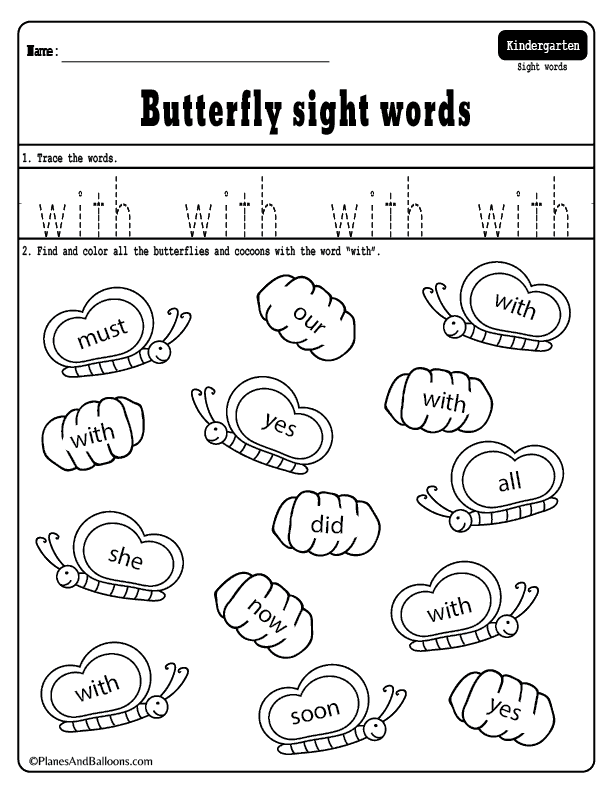 (Tilts forward, backward.)
(Tilts forward, backward.)
An elephant shakes its head -
He is happy to do exercises. (Chin to the chest, then throw the head back.)
Although the exercise is short,
We had a little rest. (Children sit down.)
Three nods of the head
One - get up, stretch, (Stretched.)
Two - bend, unbend, (Bent back, hands on the belt.)
Three - three claps of hands, (claps of hands.)
Three nods of the head. (Head movements.)
Four - arms wider, (Arms to the sides.)
Five - wave arms, (Swing arms.)
Six - sit down again. (Sit down.)
funny frogs
We see them jumping along the edge of the forest
Two funny frogs,
Jump-hop, jump-hop,
Jump from heel to toe. (Children depict frogs in motion.)
Two birds
Two birds flew,
They are small.
How they flew,
All the people were watching.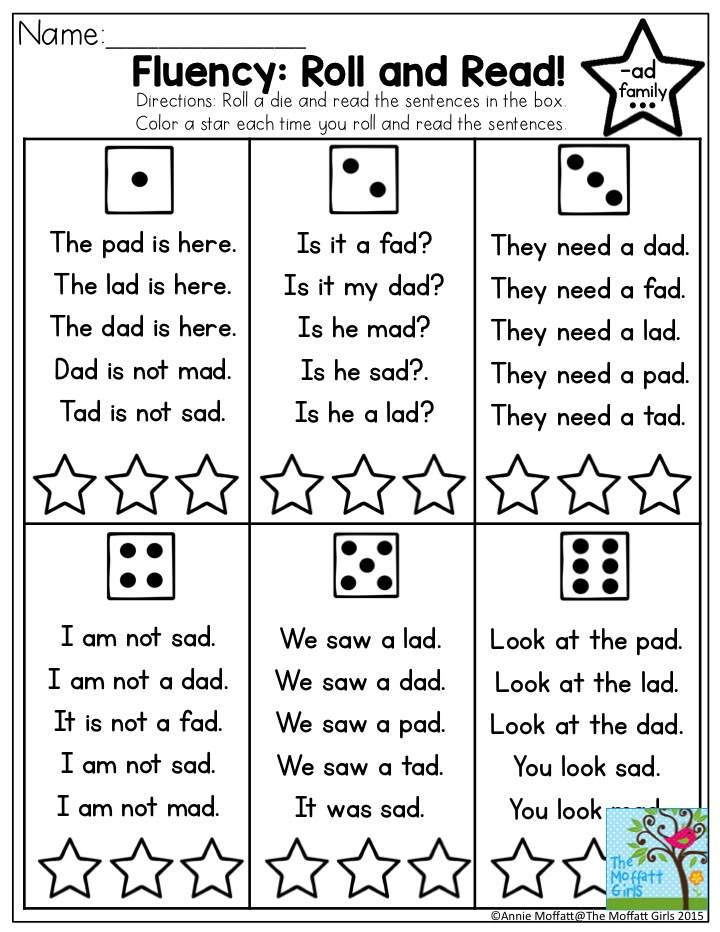
As they sat down,
All the people marveled. (The teacher invites the children to depict these birds, how they flew, sat down, flew again. The children repeat the words together after the teacher.)
Physical education minute. Children are driving a car
Children are driving a car, (Walking in pairs, holding on to the shoulders of the person in front.)
Looking at the road -
On the left - the sentry is standing, (Turns of the body to the left and right.)
Right - the traffic light is on.
Physical education minute. The children got up early in the morning
The children got up early in the morning,
We went to the forest for mushrooms. (Walking on the spot.)
Crouched, squatted,
White fungus was found in the grass. (Squats.)
Mushrooms grow on a stump,
Bend over to them, guys,
Bend over, one-two-three,
And collect in a basket! (Tilts.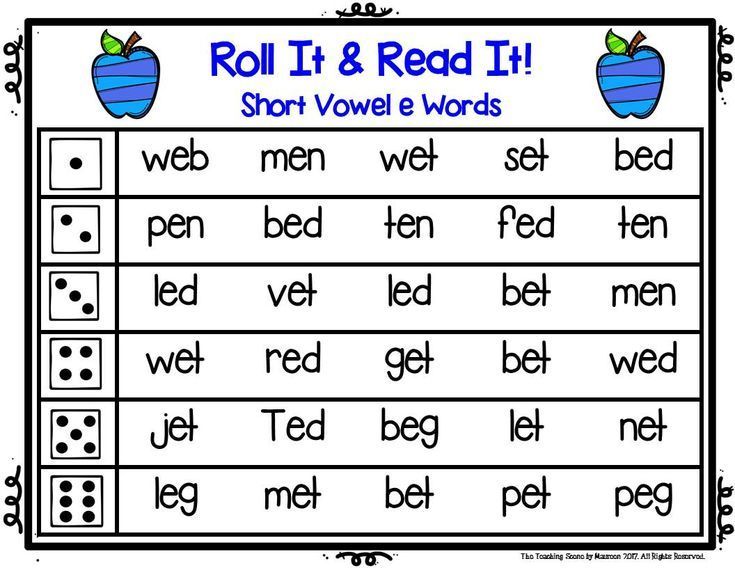 )
)
There is a walnut on the tree.
Who will jump the highest? (Jumping.)
If you want to reach out,
You have to stretch hard. (Sipping - hands up.)
Three hours wandered in the forest,
All the paths came out. (Walking on the spot.)
The long journey made everyone tired -
The children sat down to rest. (Children sit down.)
Rain!
Rain! Rain! We need
to go home! (We walk in place.)
Thunder! Thunder like cannons.
Today is a holiday for frogs. (Jumping in place.)
Hail! Hail! It pours hail,
Everyone is sitting under the roofs. (Sit down, clapping your hands.)
Only my brother in the puddle
Catching fish for dinner. (We walk in place.)
For a long, long time
For a long, long time we sculpted, (Hands clasped in a lock; circular rotations of the hands.)
Our fingers got tired. (Shaking hands.)
Let them rest a little.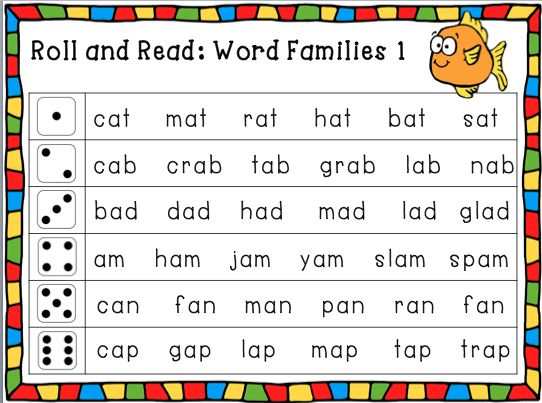 (Stroking each finger in turn.)
(Stroking each finger in turn.)
And they will start sculpting again.
Together let's part our hands (Spread our hands to the sides.)
And again we'll start sculpting. (Clap your hands.)
Stand up together
Stand up together.
Time! Two! Three!
We are heroes now! (Hands to the sides.)
We'll put our hand to our eyes,
We'll spread our strong legs.
Turning to the right, (Turn to the right.)
Let's look majestically,
And we must also turn to the left (Turn to the left.)
Look from under the palms.
And to the right, and another (Turn to the right.)
Over the left shoulder. (Turn to the left.)
Stand together for a warm-up
Stand together for a warm-up
And bend the back back.
One-two, one-two, one-two-three,
Don't fall, look. (Children lean back, for insurance, resting their palms on the lower back.)
Leaning forward.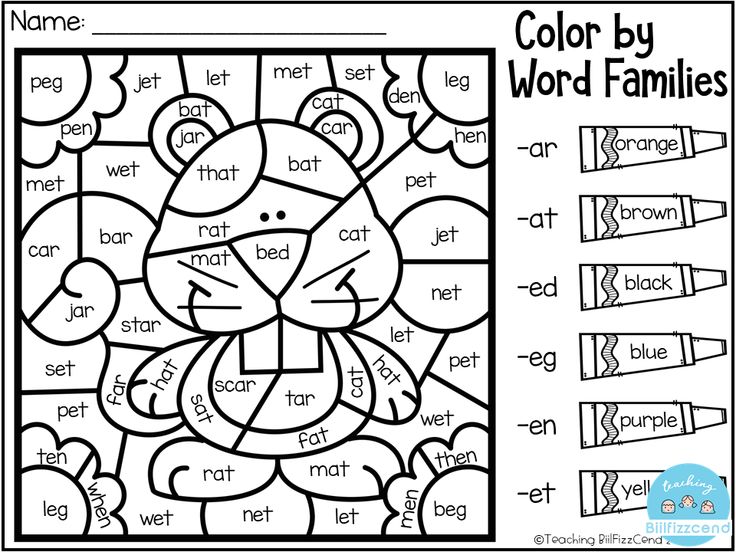
Who reaches the floor?
This difficult work
We also do it according to the bill. (Leaning forward.)
The wind is blowing from a height
The wind is blowing from a height.
Herbs and flowers bend.
Right-left, left-right
Flowers and herbs lean. (Tilts to the side.)
Now let's do it together
Let's all jump in place. (Jumping.)
Higher! Have fun! Like this.
Let's go one step at a time. (Walking in place.)
The game is over.
It's time for us to get busy. (Children sit down.)
Physical education minute. There are in the forest
There are three shelves in the forest: (Clap your hands.)
Spruces - Christmas trees - Christmas trees. (Hands up - to the sides - down.)
Heaven lies on the fir trees, (Hands up.)
On the fir trees - bird voices, (Hands to the sides.)
Down on the fir trees - dew. (Hands down, sit down.)
Physical education minute.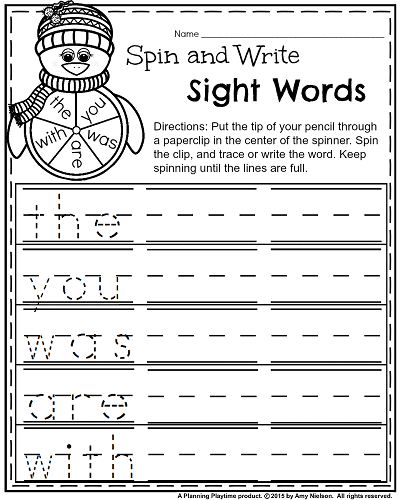 Hedgehog
Hedgehog
Hedgehog stomped along the path
And carried a mushroom on his back.
The hedgehog stomped slowly,
Quietly rustling with leaves. (Walking on the spot.)
A hare jumps towards,
Long-eared jumper.
In someone's garden deftly
I got a scythe carrot. (Jumping in place.)
Christmas tree
Small children have a big Christmas tree.
The Christmas tree sparkles with lights and balls.
Come on, Christmas tree, look, look, (Children clap their hands.)
Children, Christmas tree, shine, shine. (Children raise their hands above their heads and turn their palms to the right and left, then they read poetry.)
Do not prick us, Christmas tree,
With a shaggy twig, (They threaten with a finger.)
Remove the needles
Away from the kids.
Come on, Christmas tree, look, look, (Children clap their hands.)
Children, Christmas tree, shine, shine. (Children raise their hands above their heads and turn their palms to the right and left, then they read poetry.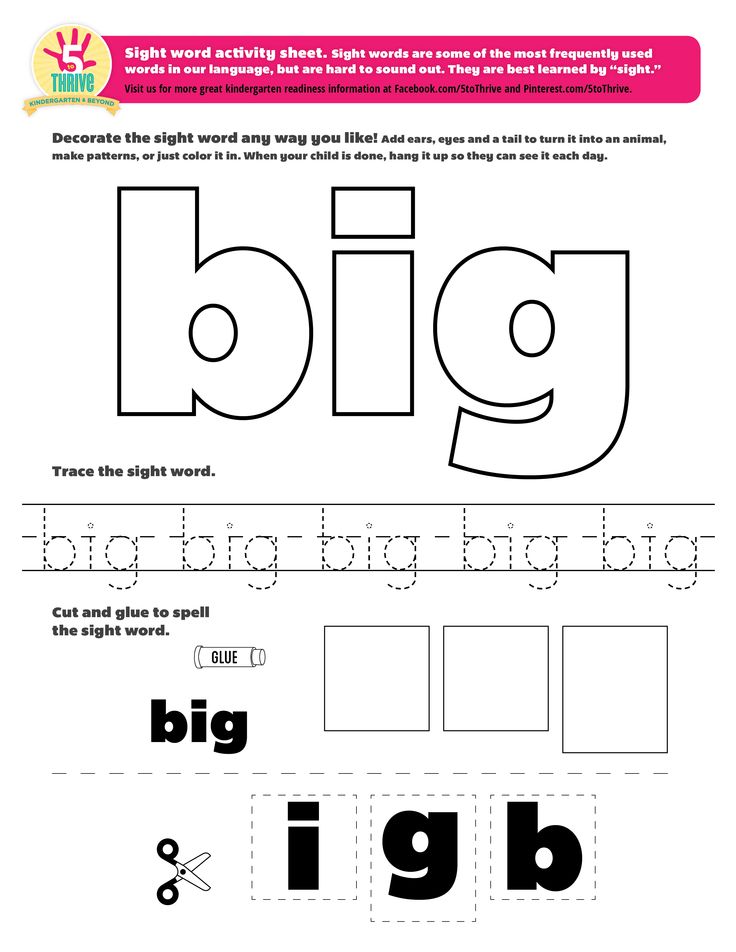 )
)
The steam locomotive roared
The steam locomotive roared
And the wagons drove.
Choo-choo-choo, choo-choo-choo
I will rock them far. (Children get up and read the first line. After the words “The locomotive hummed,” they say: “Tu-tu”, put their hands on the shoulders of the student in front. This is how locomotives were formed that can “drive” around the hall and return to their places. The teacher shows the trains brought by children from home.)
We go for firewood
We go for firewood
And we carry a saw with us. (Walking.)
Together we saw a log,
It is very thick.
To heat the stove,
You have to cut a lot. (Children make movements that repeat the movements of sawyers.)
So that firewood climbs into the stove,
We cut them into planks. (Children make movements as if chopping firewood.)
And now let's collect them
And take them to the shed. (Tilts.)
After hard work
One must always sit. (Children sit down.)
Zayinka
(Musical physical education session) (This physical education session can be held to music in N. Rimsky-Korsakov's arrangement "Hare".)
(Children sing and perform different movements after the teacher.)
Zainka, turn around,
Serenky, turn around,
Like this, turn around like that.
Zainka, stomp your foot,
Grey, stomp your foot,
Like this, stomp your foot like that.
Zainka, dance,
Gray, dance,
Like this, dance like that.
Hare
One, two, three, four, five,
Hare began to jump.
Jumping hare is much,
He jumped ten times. (Jumping.)
Bunny
Skok-jump, jump-jump, (Jumps.)
Bunny jumped on a stump.
He beats the drum loudly,
Calls to play leapfrog.
It's cold for the hare to sit, (Sit down. )
Need to warm up the paws.
Paws up, paws down,
Pull up on your toes.
We put the paws on the side,
On the toes, hop-hop-hop. (Jumping.)
And then squatting, So that the paws do not freeze.
Bunny
Gray Bunny washing his face,
Apparently, he is going to visit.
Washed the tail, washed the ear,
wiped it dry. (Children imitate washing movements)
Bunny
Come on, bunny, jump, jump,
Tap, tap, tap.
You fall on the grass, fall,
Lie down and rest, rest.
Rested, now get up,
Start jumping again!
Run quickly to the Christmas tree
And quickly jump back. (Children jump on two legs, arms folded to their chest, imitating the movements of bunnies. Then they squat down and rest. They get up and jump again. At the command of the teacher, they run quickly to the “Christmas tree” (the place is chosen by the teacher), and then scatter in places and sit down into place. )
Bunnies
Gray bunnies sitting, (Sit down.)
Long ears stick out. (Show ears with hands.)
Here are our ears,
Here are our ears;
Ears on top.
Here is a fox running, (Running in place.)
Sly little sister.
Hide, hide, (Sit down.)
Jumping Bunnies.
In the forest clearing
Bunnies ran away. (Jumping in place.)
These are the bunnies,
Jumping bunnies.
Bunnies
(The “little bunnies” jumped out. They pressed their paws to their chest. They are having fun, they are jumping.)
A gray bunny sits
And moves its ears. (Children show.)
It's cold for the bunny to sit,
We need to warm the paws, (Children show.)
One or two, we need to warm the paws.
Bunny is cold to stand,
Bunny needs to jump. (Children jump.)
Someone scared the bunny -
Bunny - jumped - and ran away. (Children sit down.)
Hares
They took the hare by the sides,
They danced the hopak.
Ducks flew in,
They played pipes.
Oh, what a beauty,
They played pipes. (Children dance with their hands on their belts, imitate playing the pipe.)
Sounds
Children are divided into groups in rows. Each of the groups imitates the sounds of familiar birds or animals. For example:
1 - geese (Ga-ha-ha.)
2 - pigeons (Gulya-guly-guly.)
3 - donkeys (Igo-go.)
4 - dogs (Bow-bow.)
Teacher, passing past the child, knocks on the back of the chair and asks: “Who lives in this house?” (Children answer.) Then he says: “Geese, get up! Stretch the necks and twist them three times. (Geese get up.)
Looking for strawberries
We walked, walked, walked,
We found strawberries.
One, and two, and three, and four, and five,
We start looking again.
(Hands on the belt, feet shoulder-width apart. Bending down, touch the tips of the fingers of the right foot with the left hand, the right hand remains on the belt - exhale. Straighten up - inhale. We collect strawberries. Now the berry is at the left foot - we quickly collect it. We will have to bend over again .)
On the lawn in the morning
We started a game.
You are Chamomile, I am bindweed,
Stand in our wreath. (Children stand in a circle.)
One, two, three, four,
Move the circle wider.
And now we are streams,
Let's run a race. (Running in a circle.)
We hurry straight to the lake,
The lake will become big.
One, two, three, four,
Move the circle wider.
Get in the circle again,
Let's play Sunshine.
We are cheerful rays.
We are frisky and hot.
One, two, three, four,
Make the circle wider!
Like a typewriter
Like a typewriter
Two pretty pigs
Knock-knock-knock-knock!
Knock-knock-knock-knock!
And tapping,
And grunting:
Grunts, grunts, grunts, grunts!
Grunts-grunts-grunts!
(The recitation of the poem is accompanied by light movements of the hands. The hand quickly bounces off the imaginary typewriter along with the sound on the stressed vowels. At first the pace of speech is not fast, then it gets faster. Children “type on the typewriter” more and more quickly, depicting pigs.)
How nice to swim in the river! nine0090 Drip-drip Throw, throw, throw Antipka the cat Who is playing hide and seek with us?
How pleasant it is to swim in the river! (Swimming movements.)
The shore is on the left, the shore is on the right. (Turns to the left and to the right.)
The river is a ribbon ahead. (Sipping - hands forward.)
Above the bridge - look. (Sipping - hands up.)
To swim even faster,
We need to row faster.
We work with our hands.
Who will follow us? (Swimming movements.)
And now it's time for us, brothers,
To lie on the sand.
We get out of the river (Walking on the spot.)
And we rest on the grass. nine0011
Drip-drip, I am a drop, (Clap your hands.)
In my April
In the spring warmth
Droplets have ripened.
Cap-cap on the bench, (Jumping in place.)
For children on toys.
Cap-cap sparrow
Right on top of the head.
(M. Borisova)
Throw, throw, throw
Let's run together
Through water and fire -
The horse will not overtake us.
One, two - catch up,
Well, try and catch it!
Three, two, one and four -
All five have been studied.
And now we'll have a rest
And we'll start counting again. (Hands forward, up, 5 claps, 5 circular movements with the hand, 5 times squeeze and unclench the fingers.) ,
Maple leaves rustle. (Feet shoulder-width apart, hands behind the head, body tilts to the left and right.)
Antipka the cat lived with us. (Stand up, hands on the belt.)
He got up from the bed at one o'clock. (Stretched, hands up - inhale.)
At two o'clock in the kitchen he stole sausages (Tilts left and right. )
At three he ate sour cream from a bowl. (Leaning forward, hands on the belt.)
He washed his face at four. (Tilts of the head to the shoulders to the left and right.)
At five he rolled on the rug. (Turns left and right.)
At six he was dragging herring from the tub. (Jerking hands in front of chest.)
At seven he played hide-and-seek with mice. (Slapping front and back.)
At eight slyly screwed up his eyes. (Squats.)
At nine ate and listened to fairy tales. (clapping hands.)
At ten I went to the couch to sleep, (Jumping in place.)
Because I have to get up at one. (We walk in place.)
Whose heels are flashing?
Who is playing hide and seek with us?
Jump and jump, jump and jump - (Jumping.)
Jumped under the bush. (Sit down in a deep squat.)
Who is hiding from us there?
Let's see now. (Children sit in a deep squat.)
This is a nimble frog!
Come play, wah! (Children get up, bend over and linger in the bend for a few seconds.


